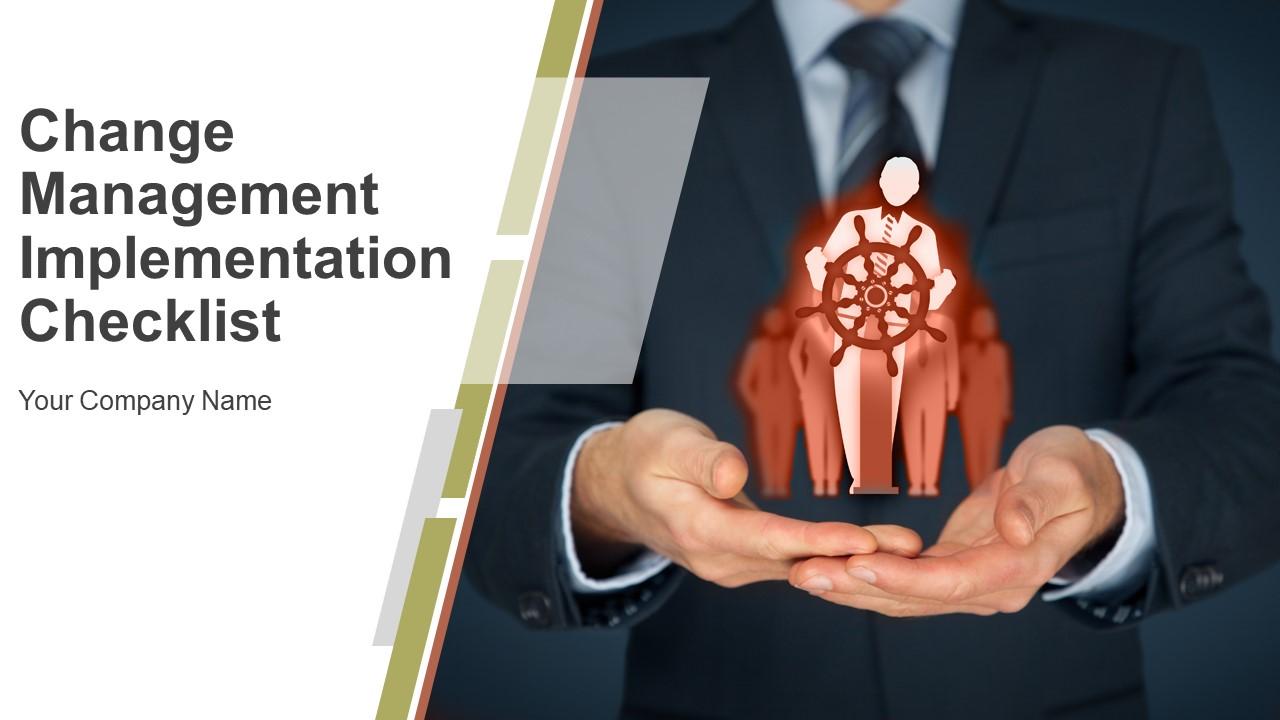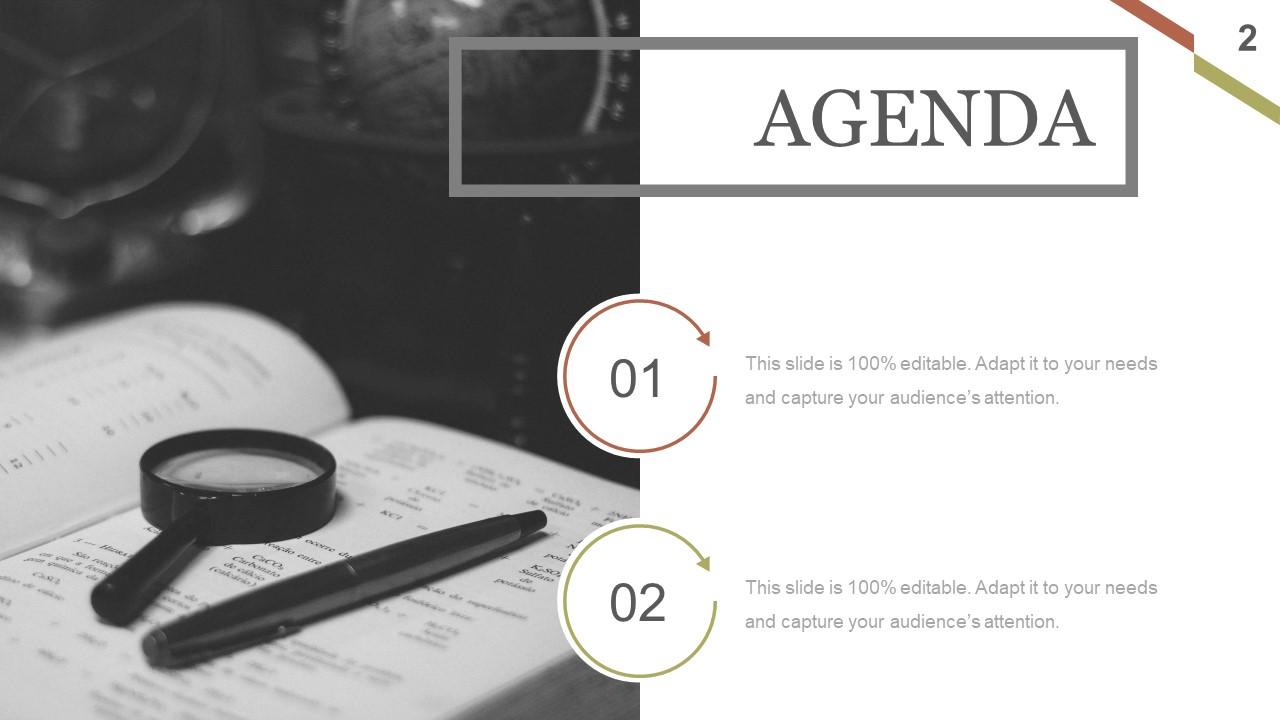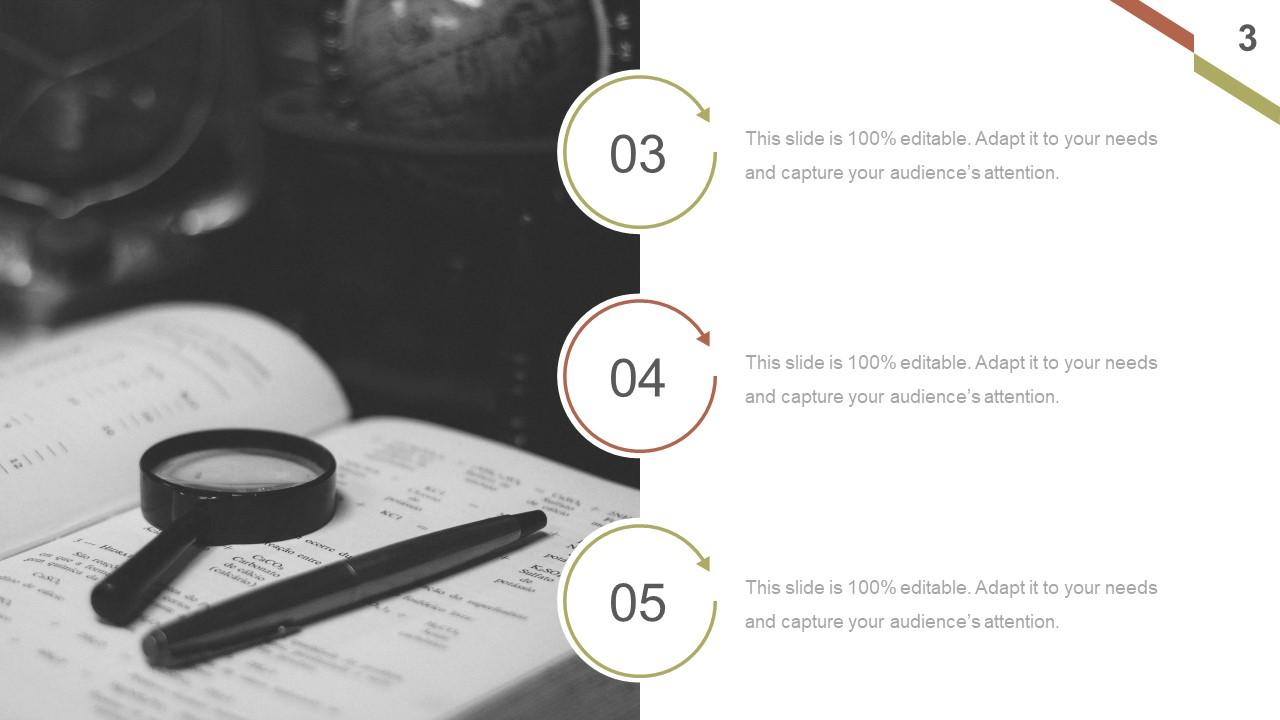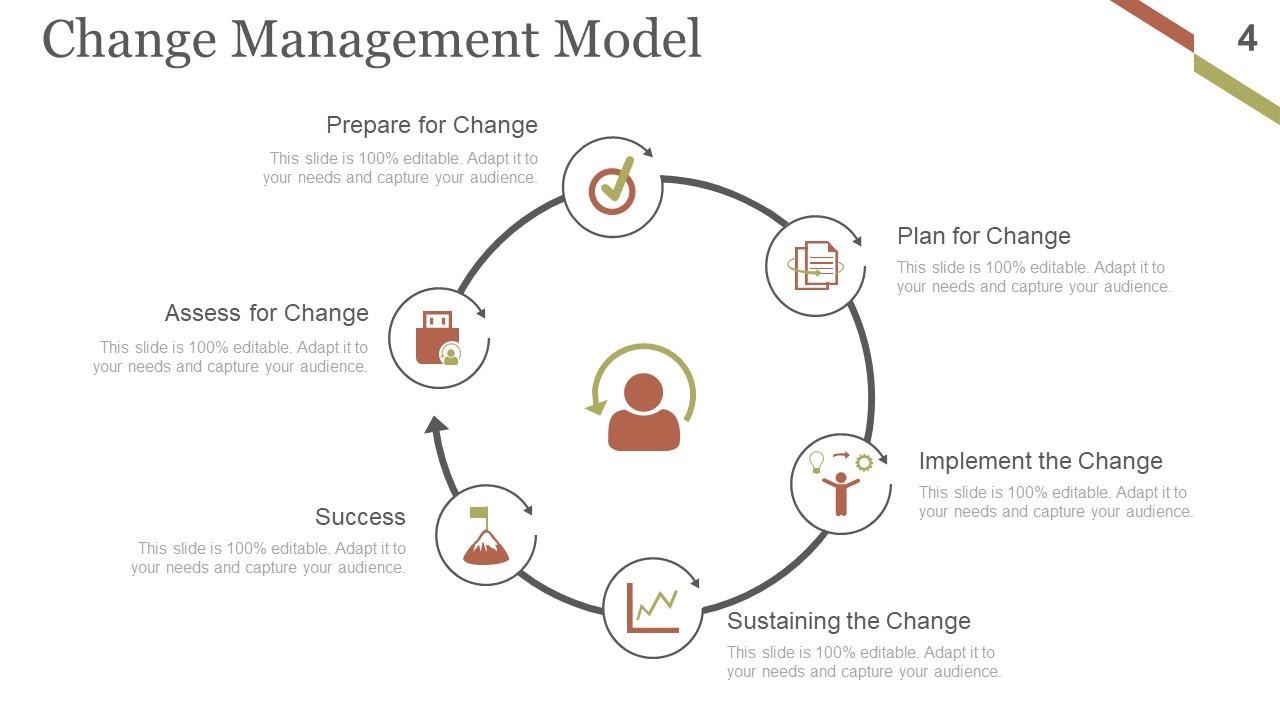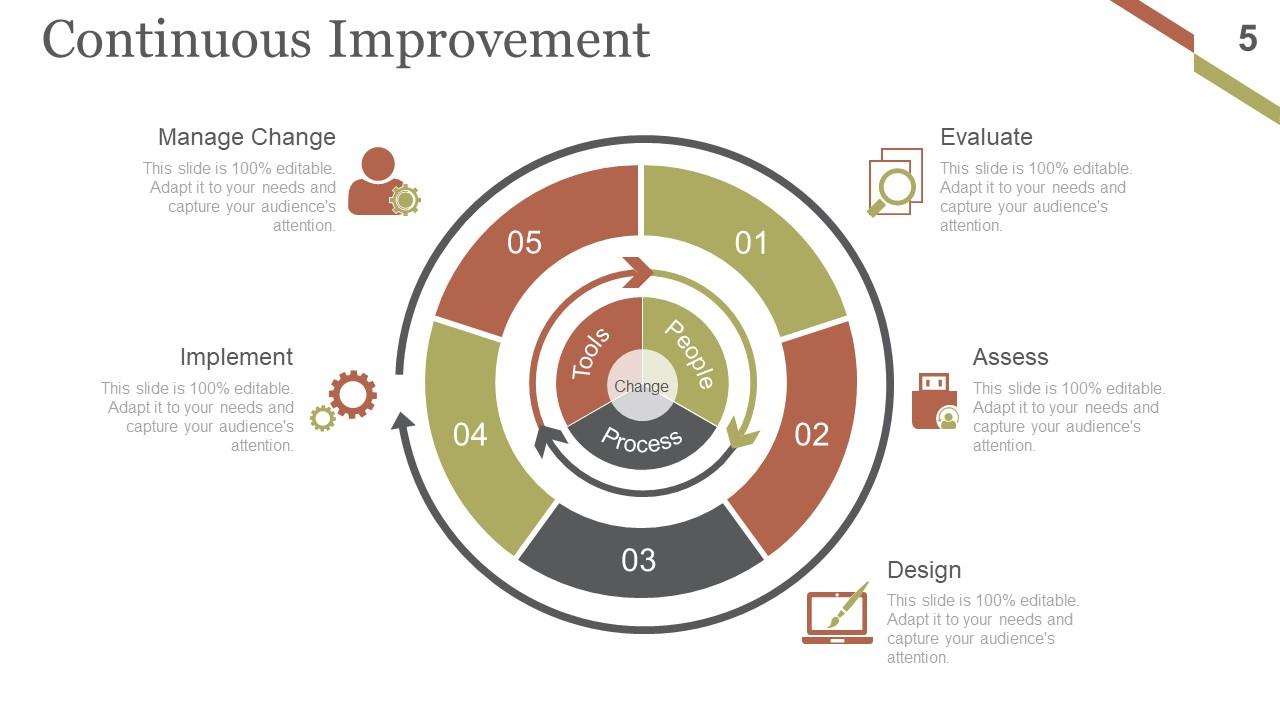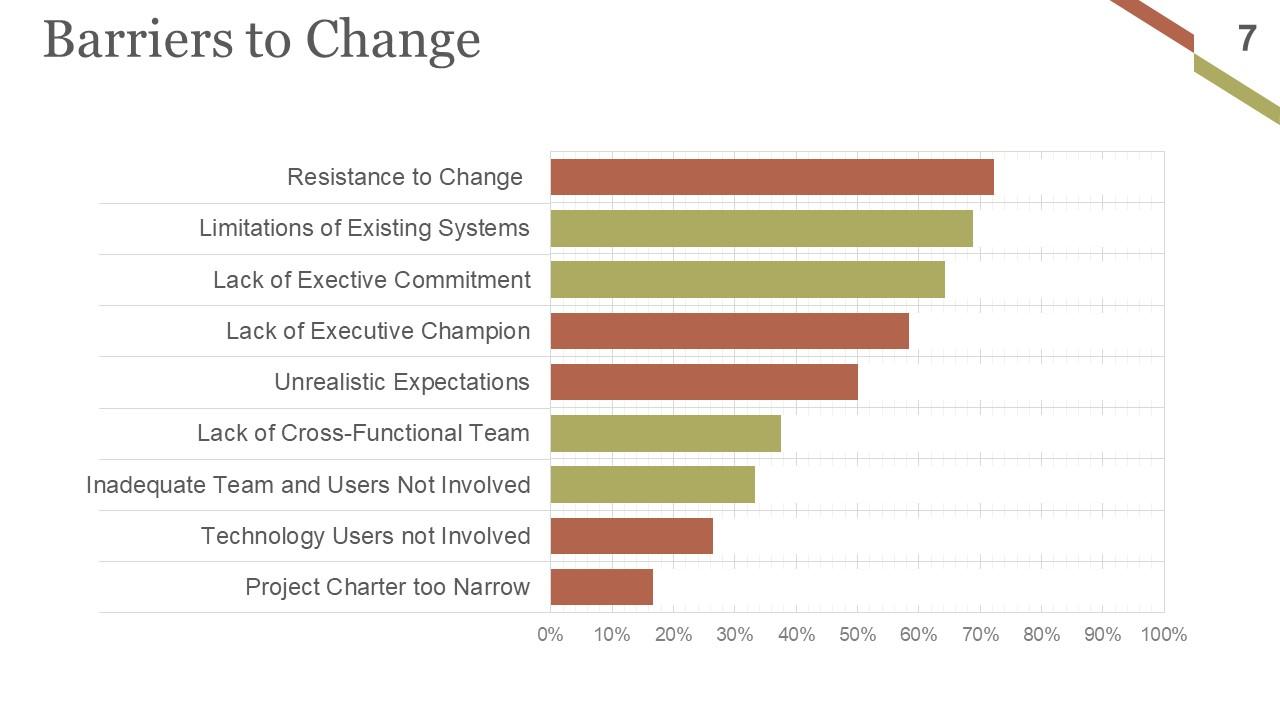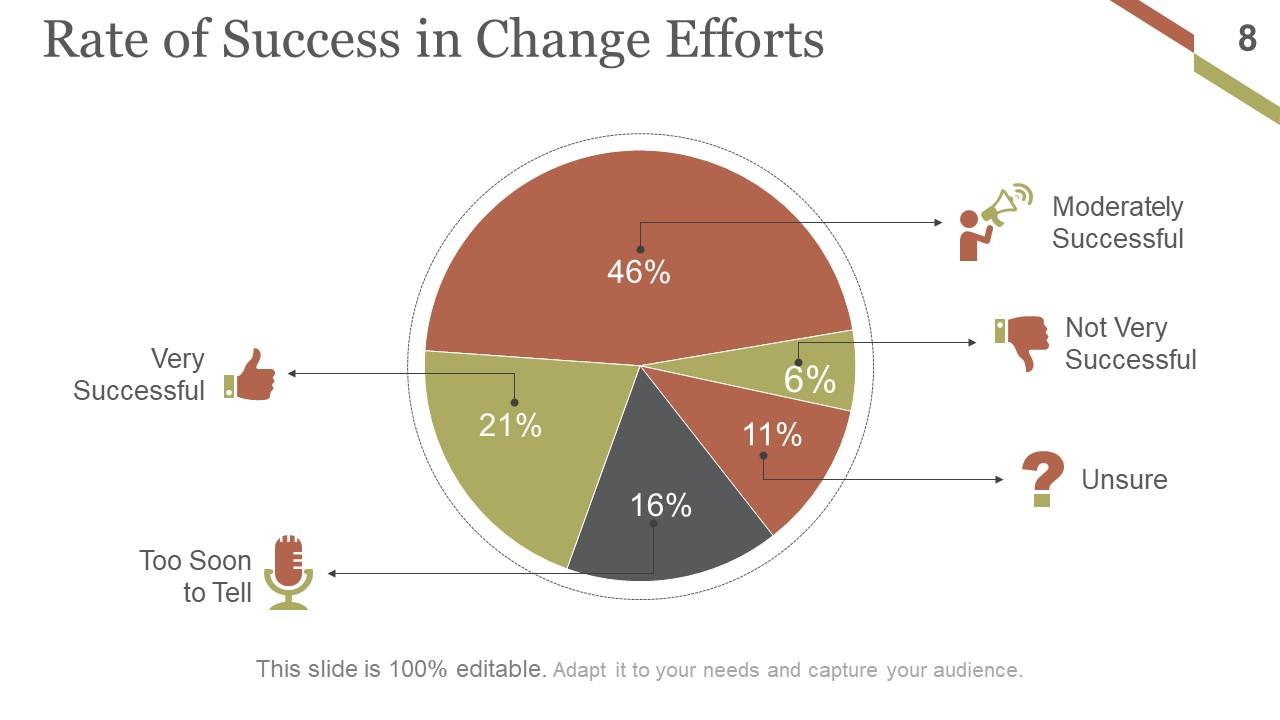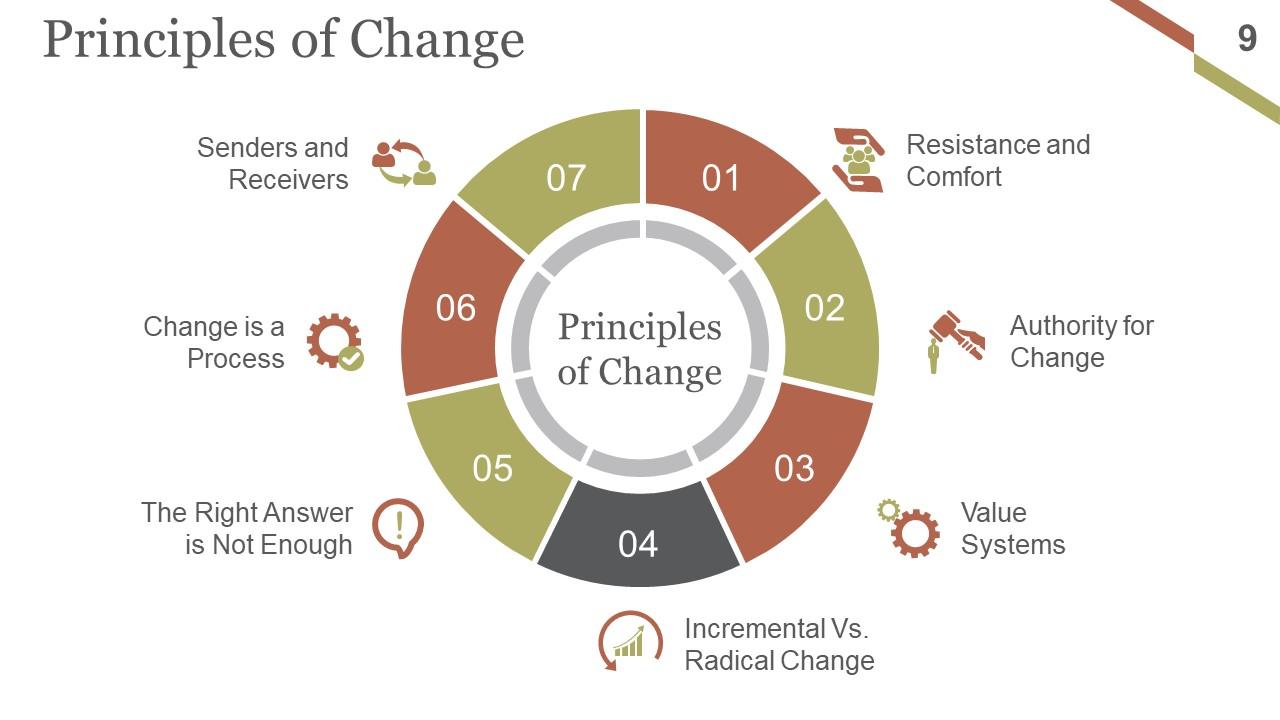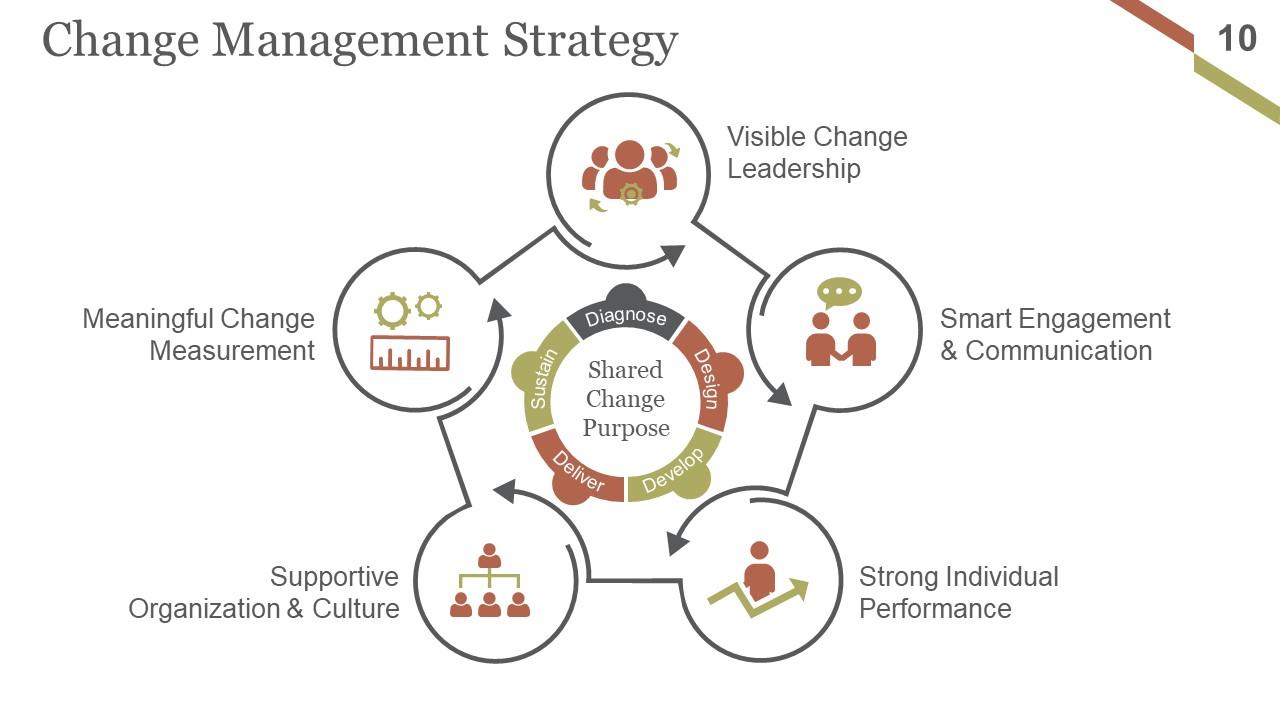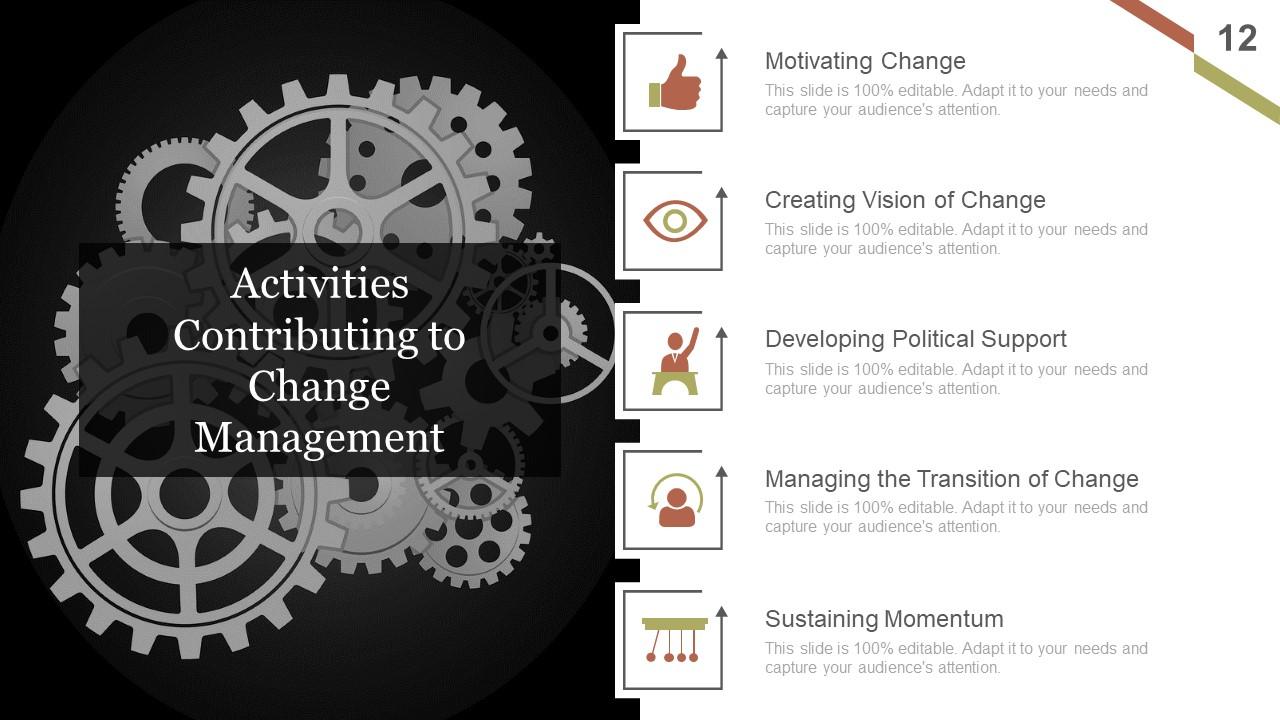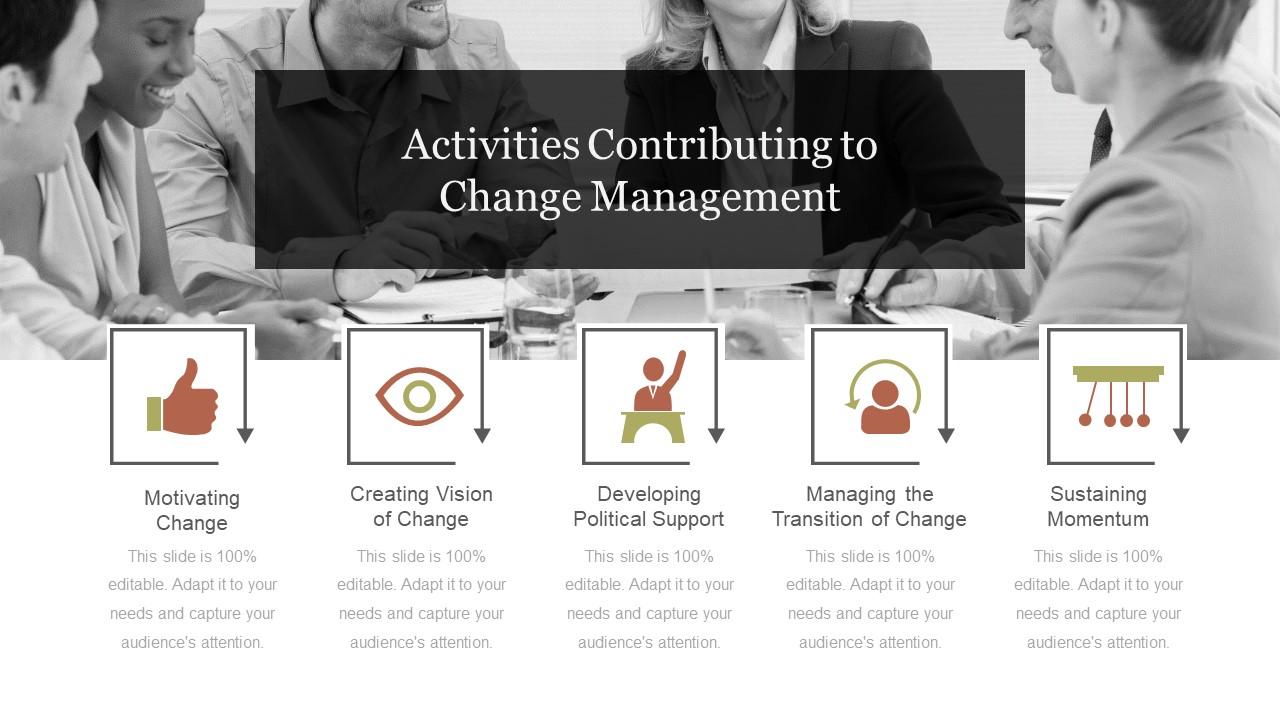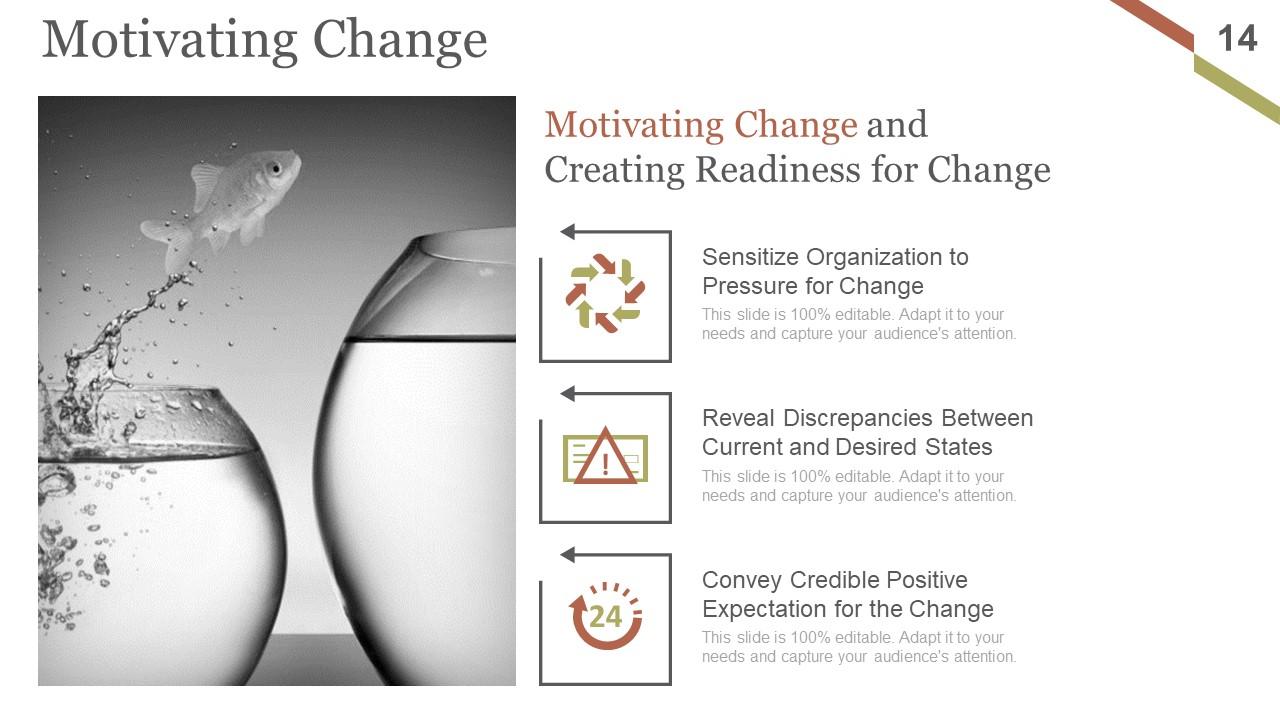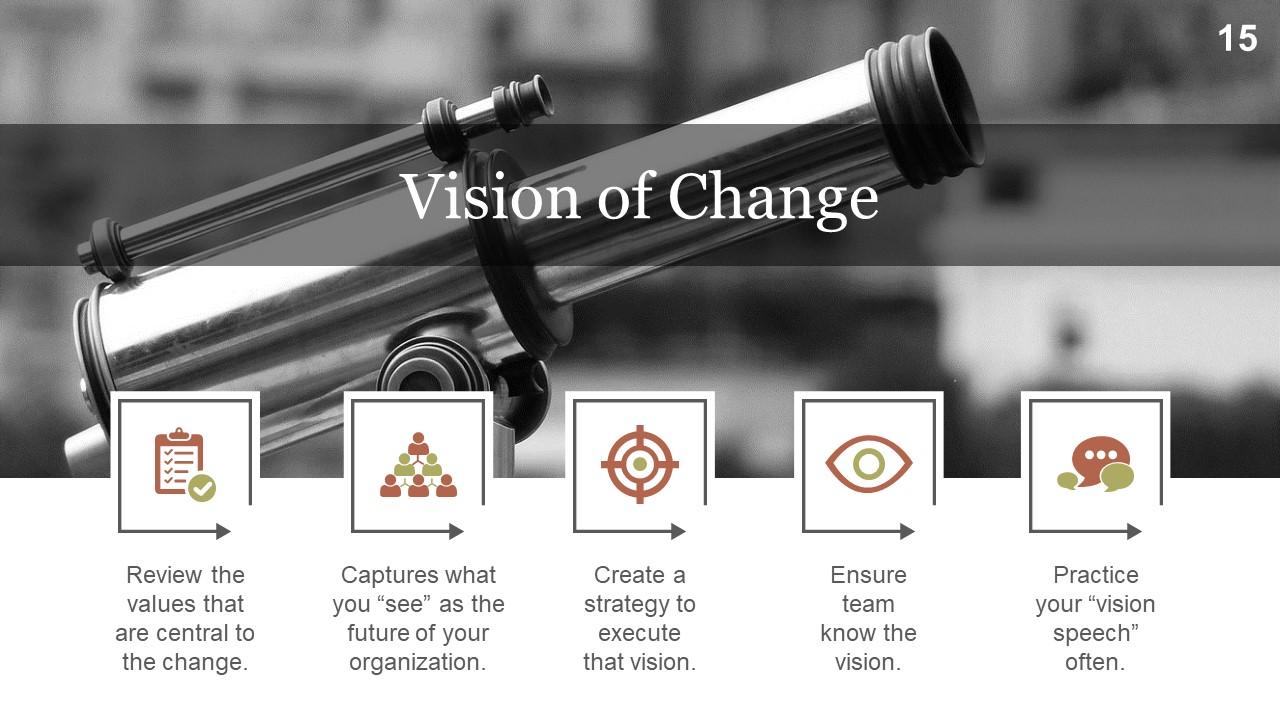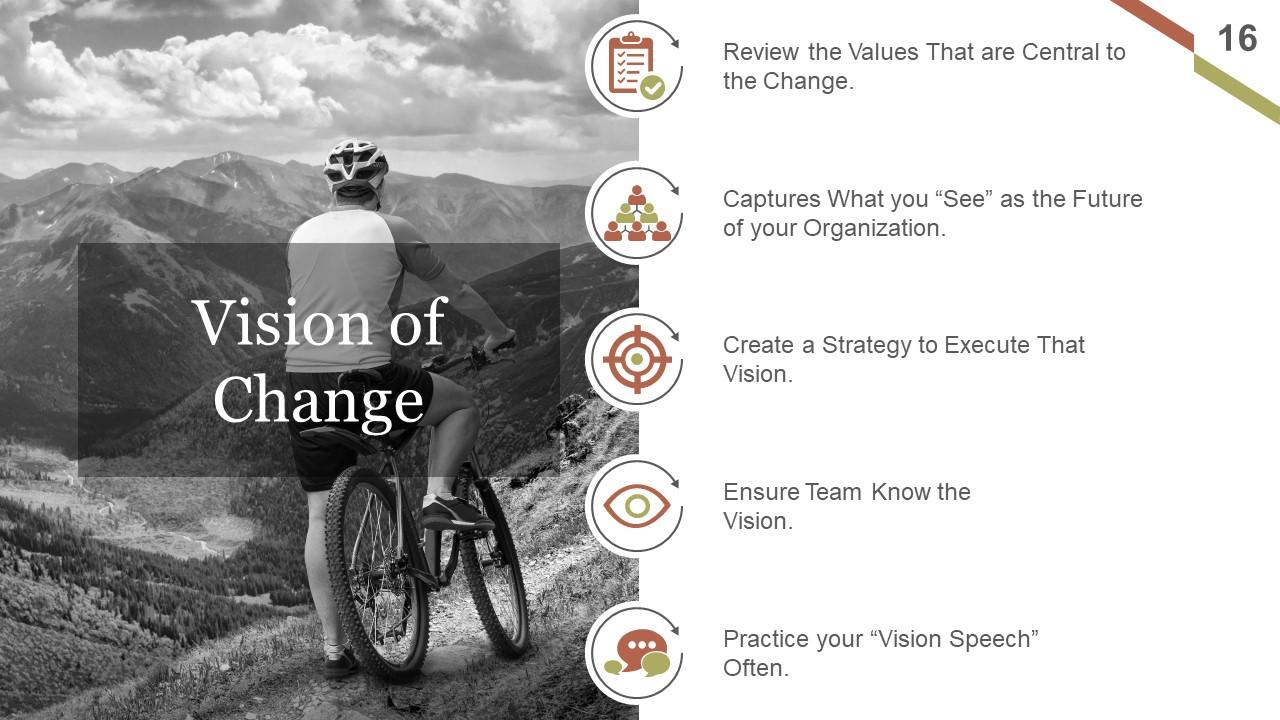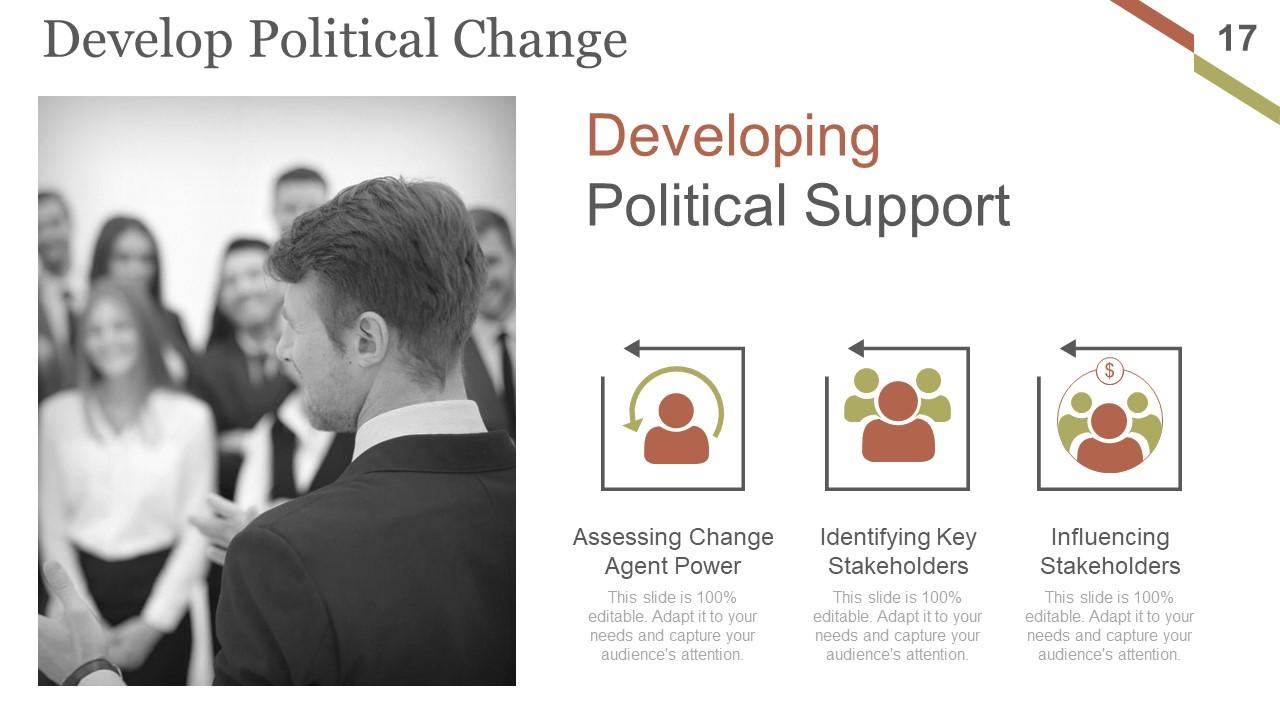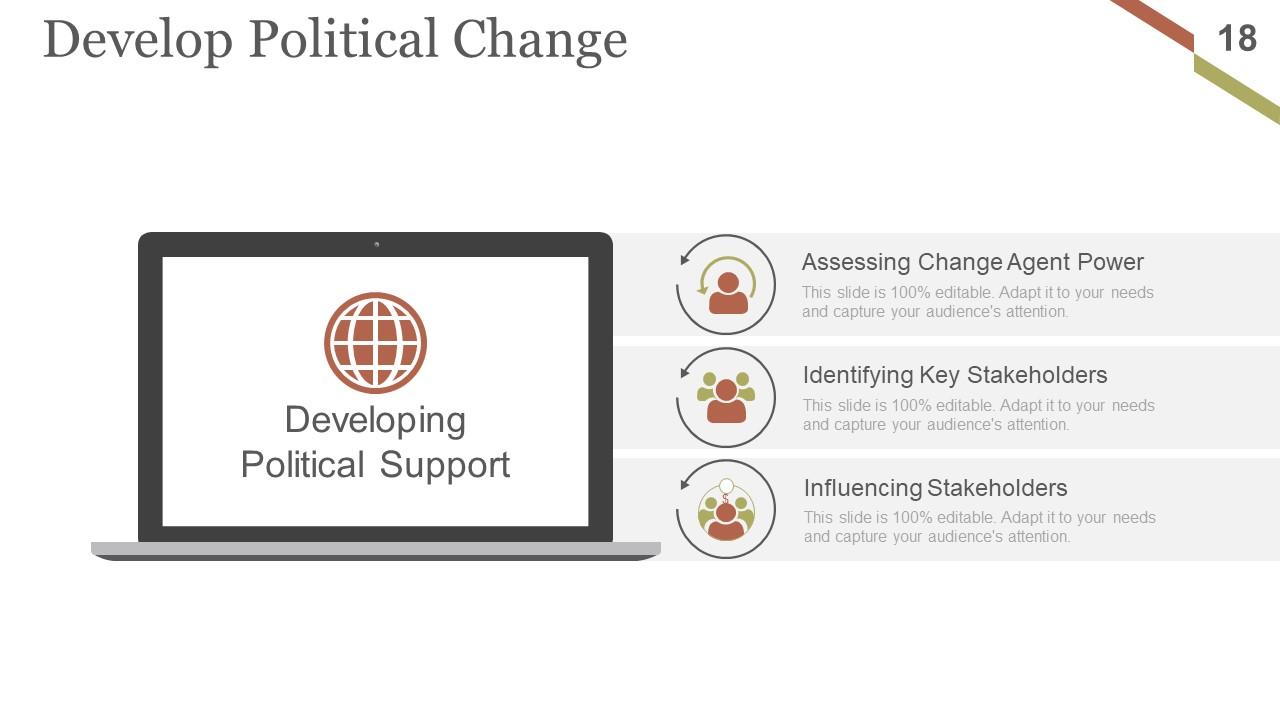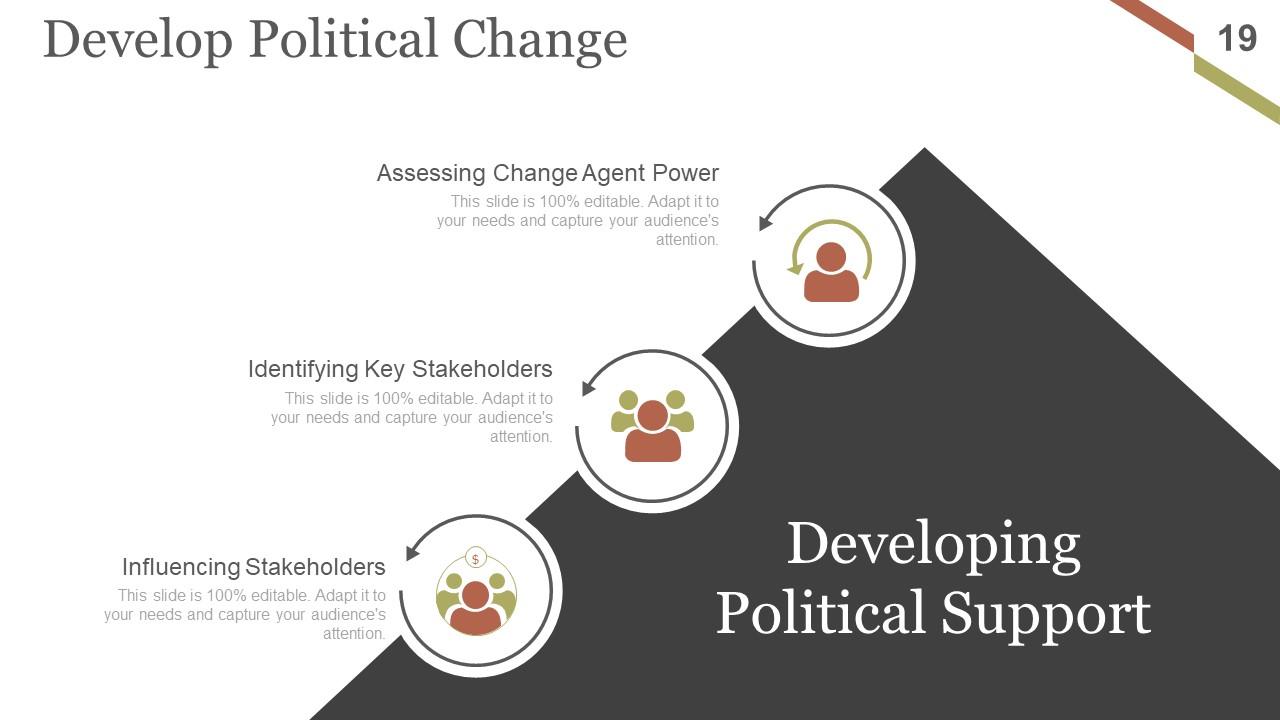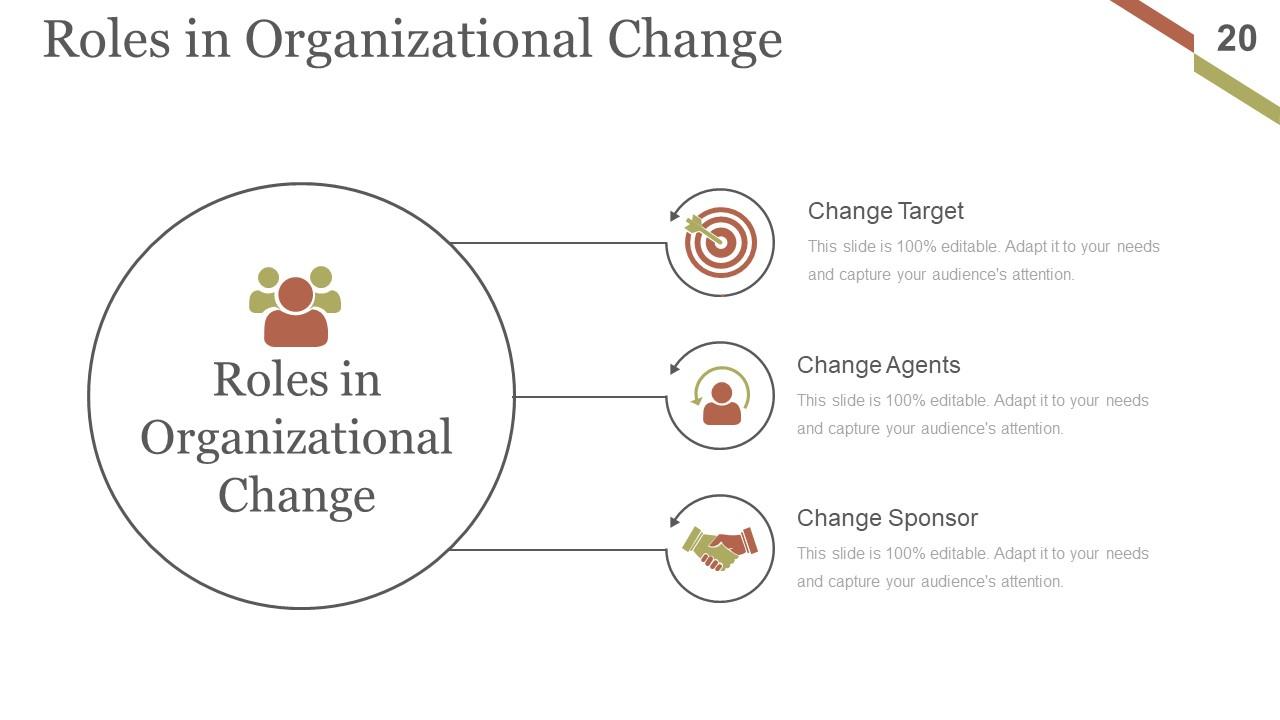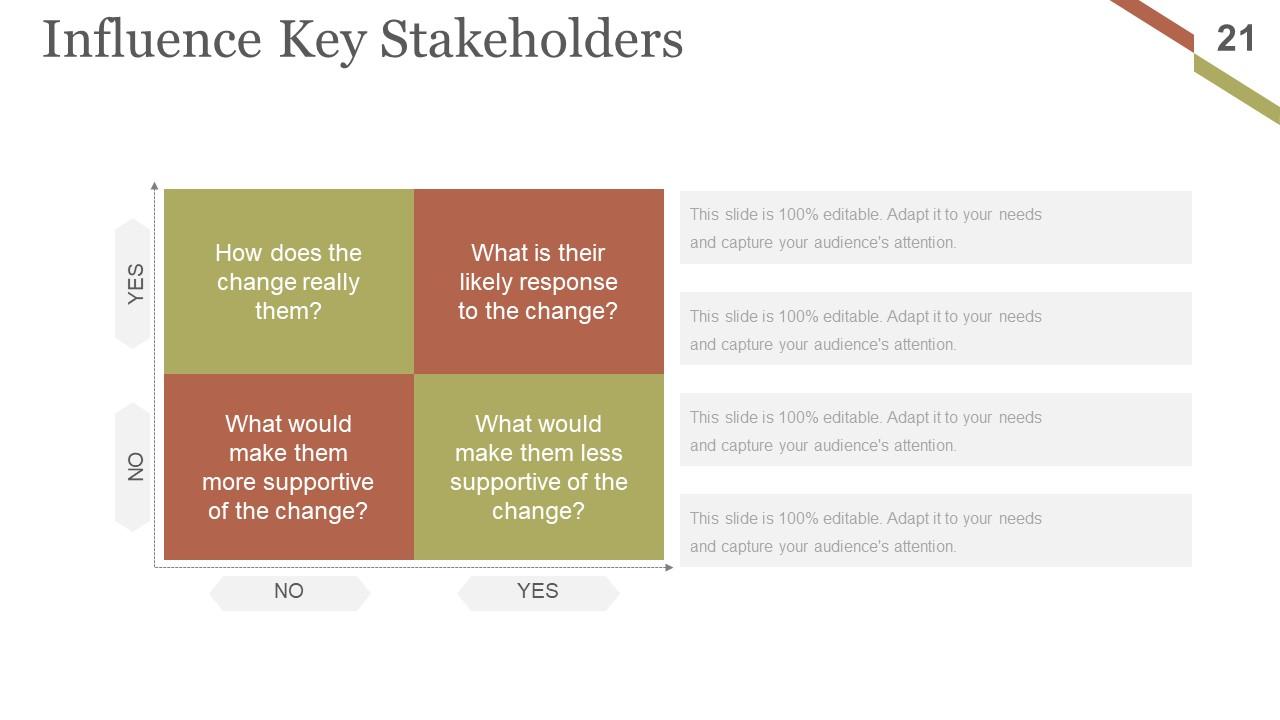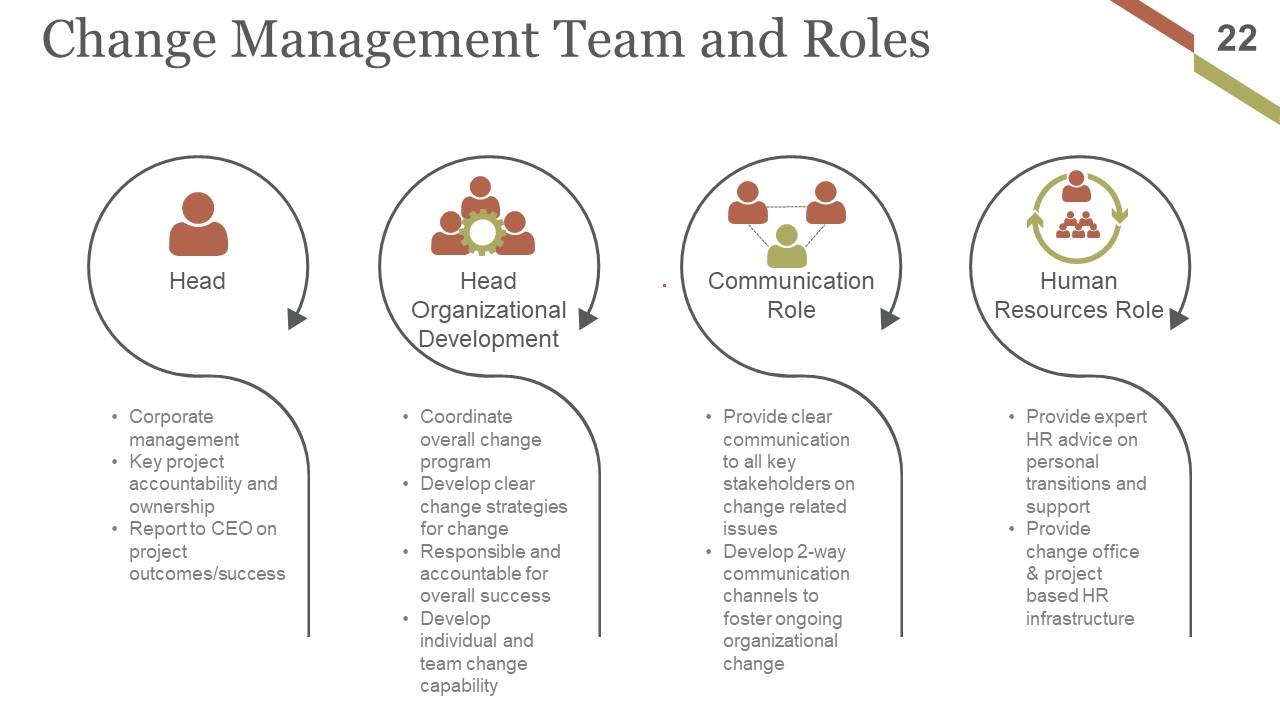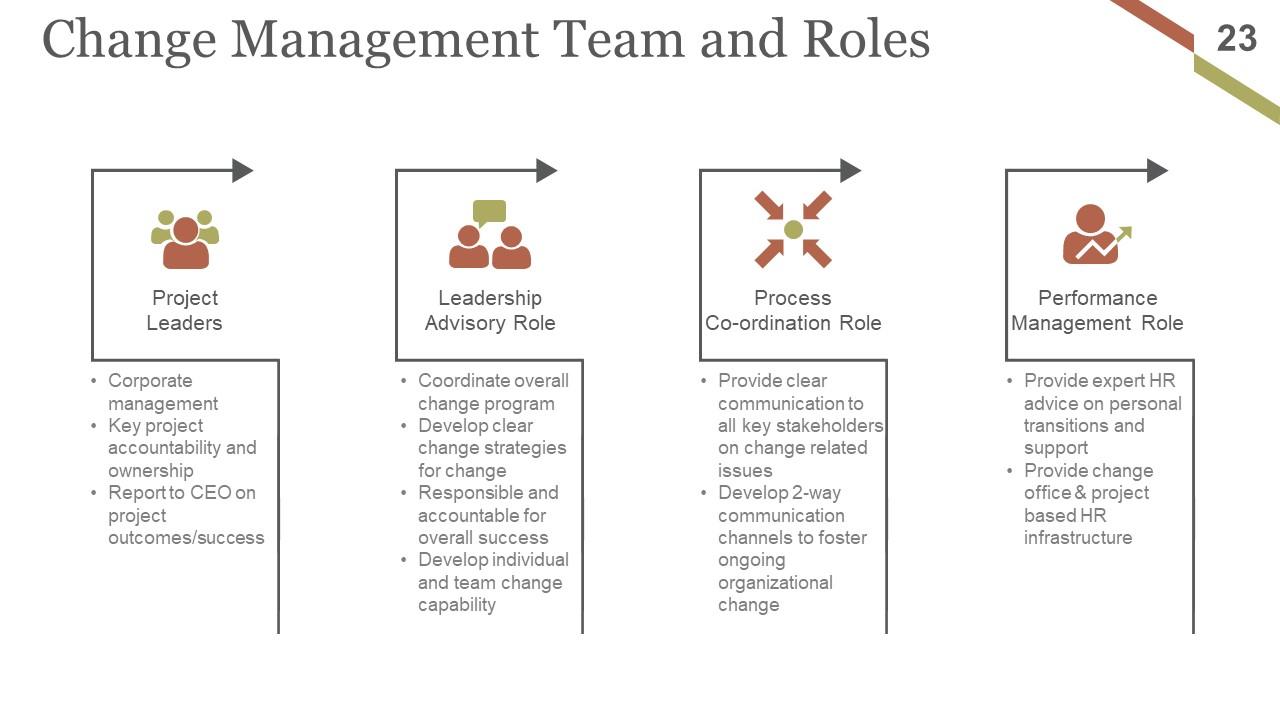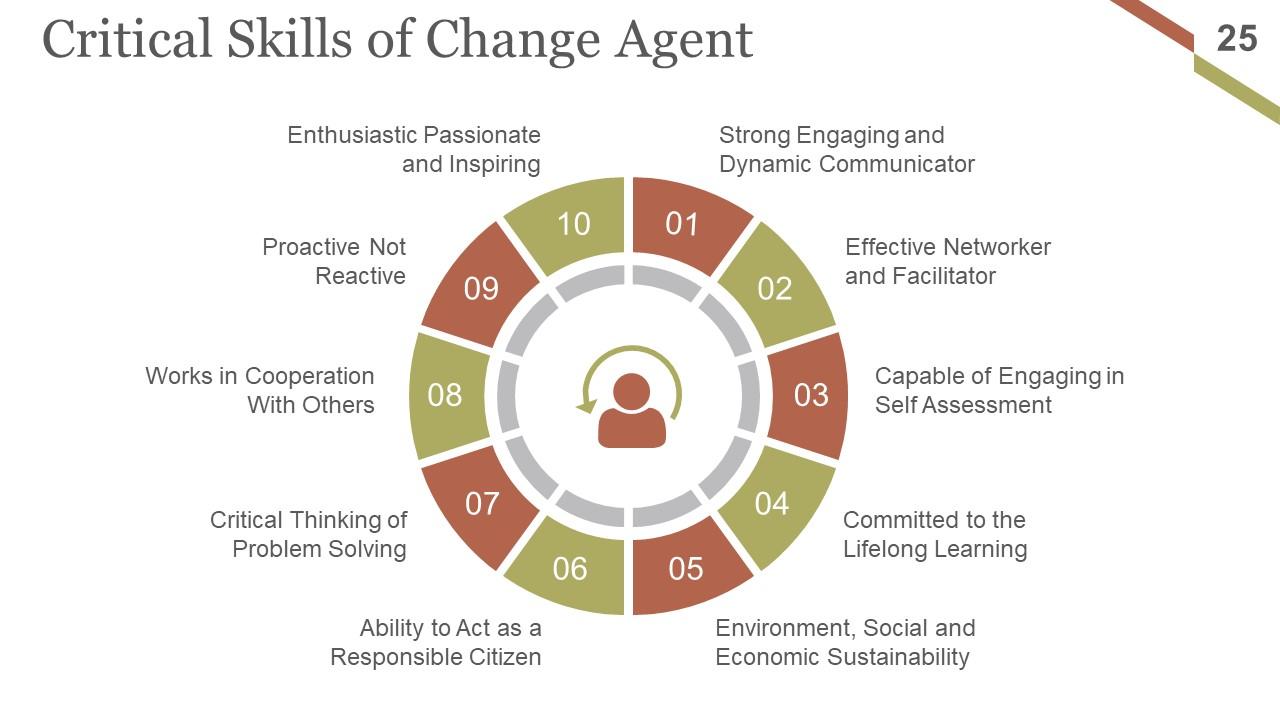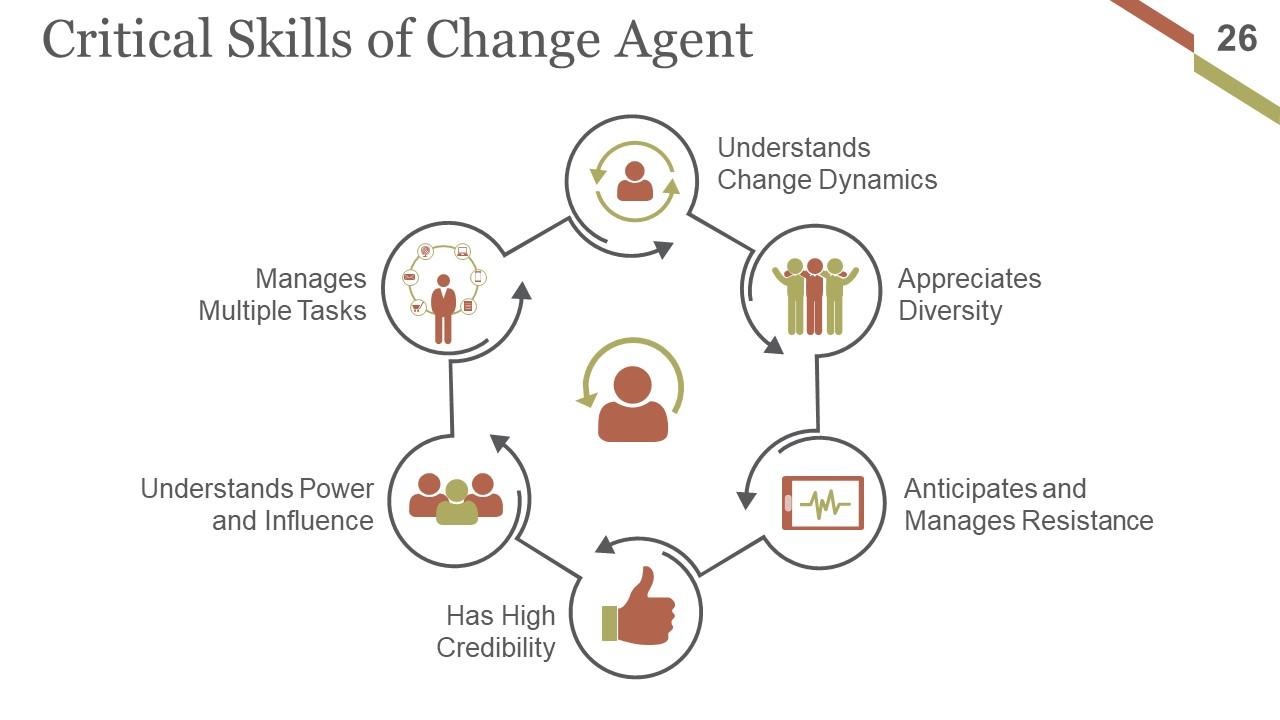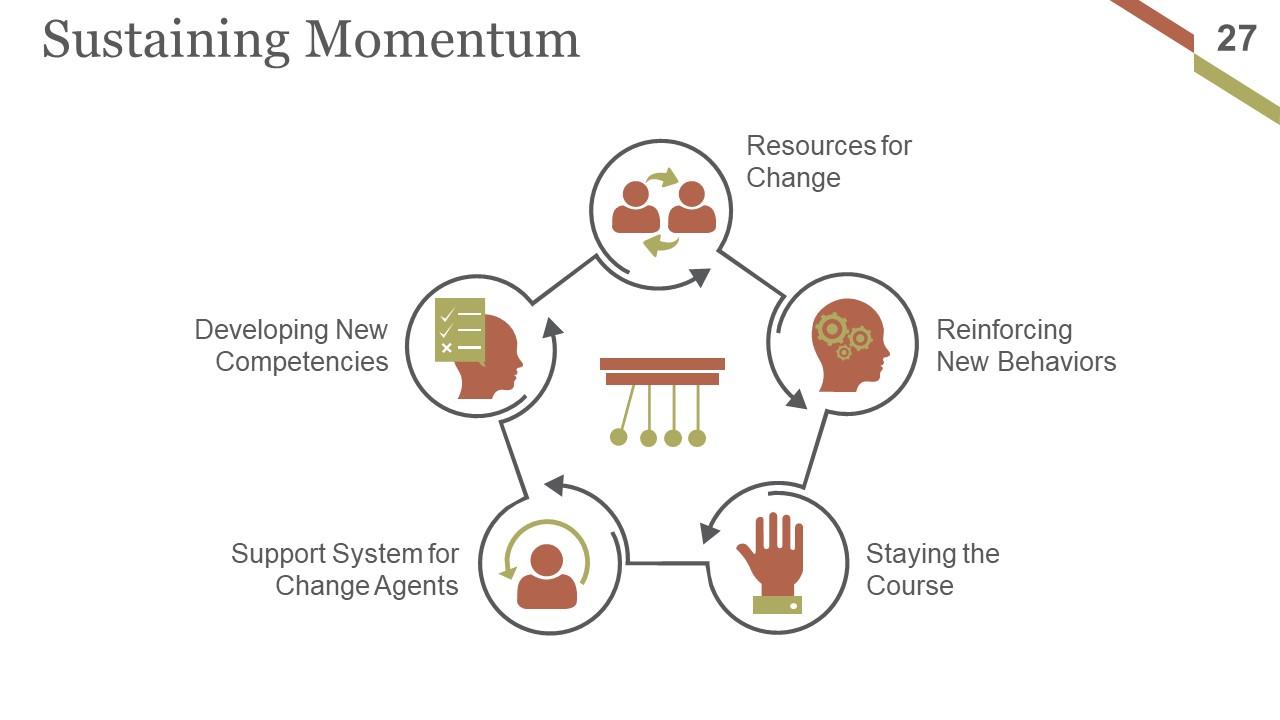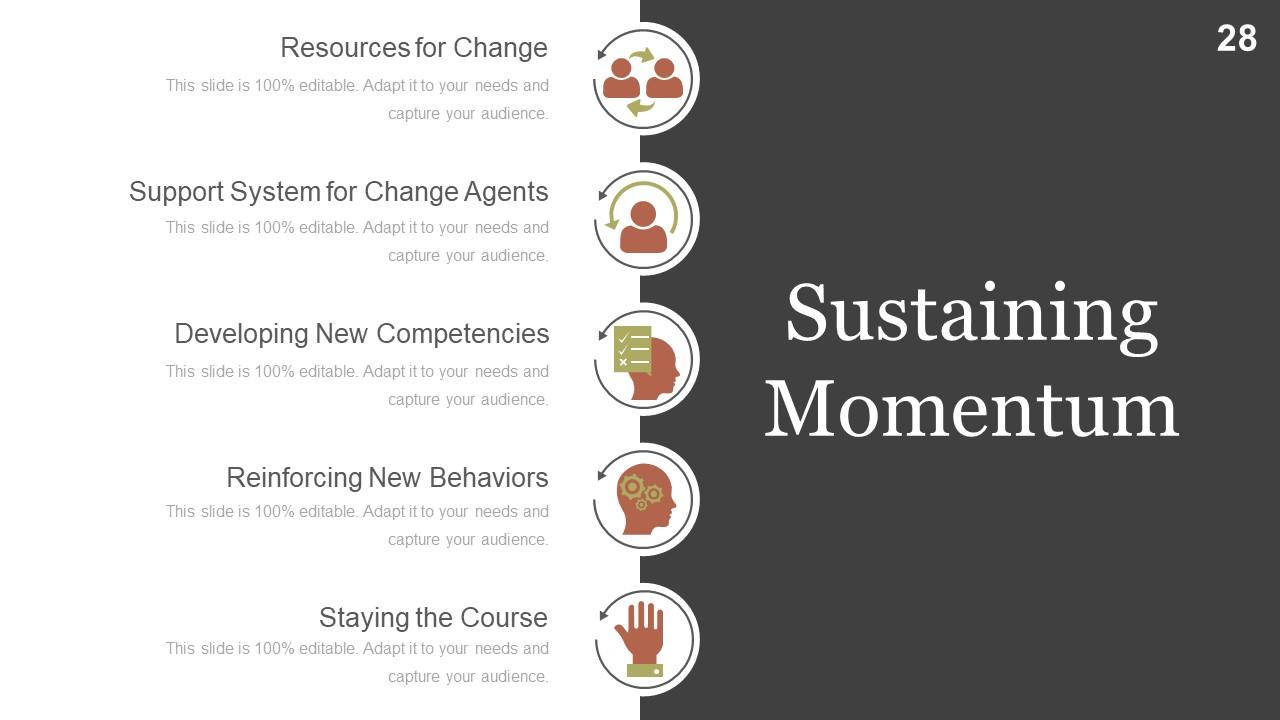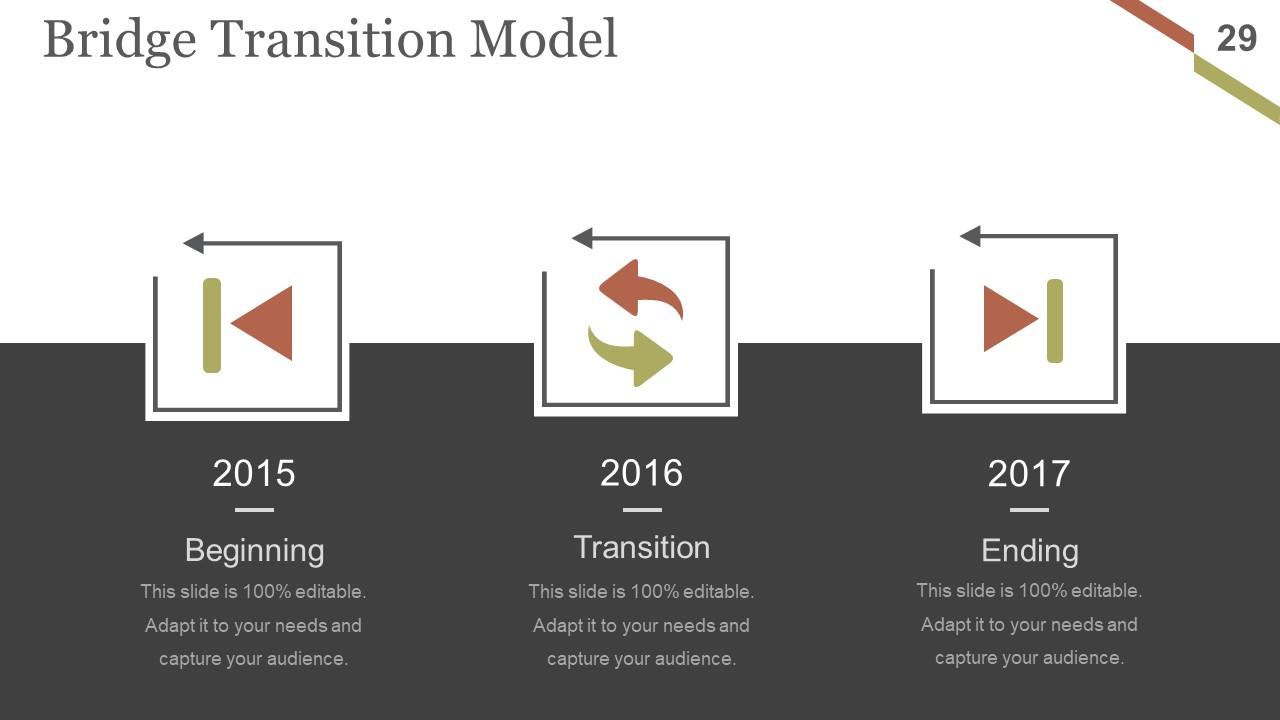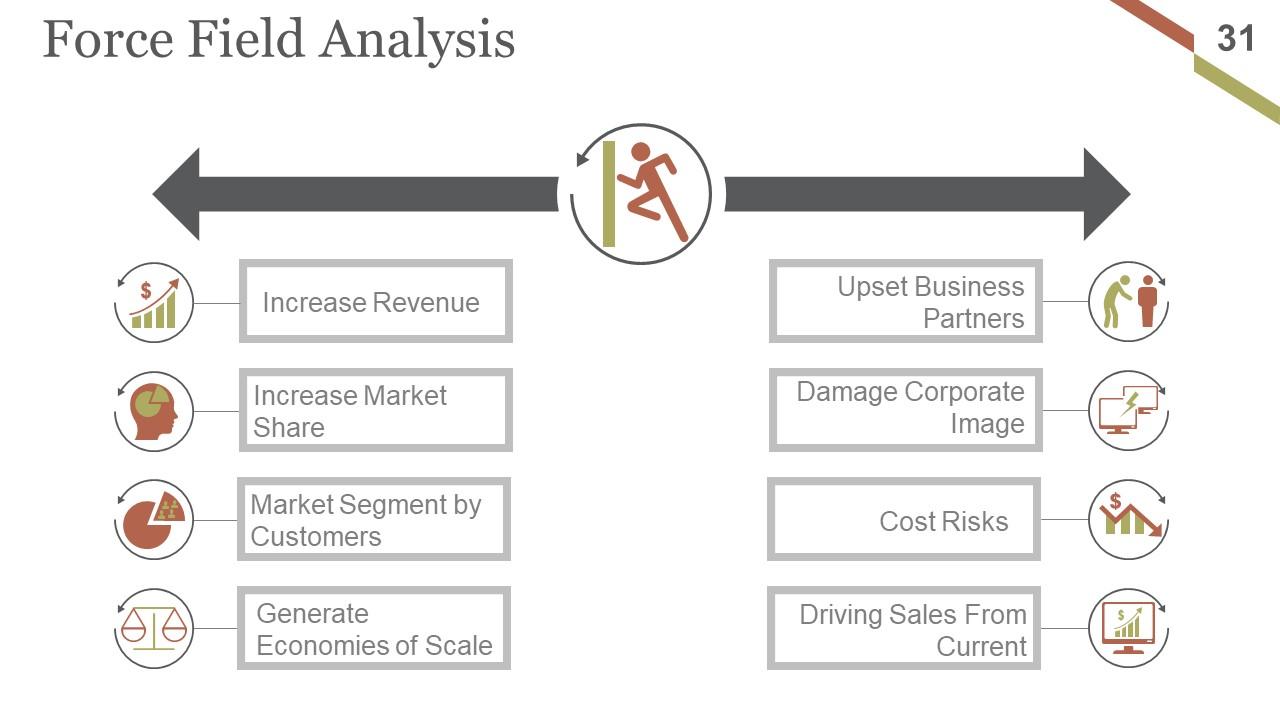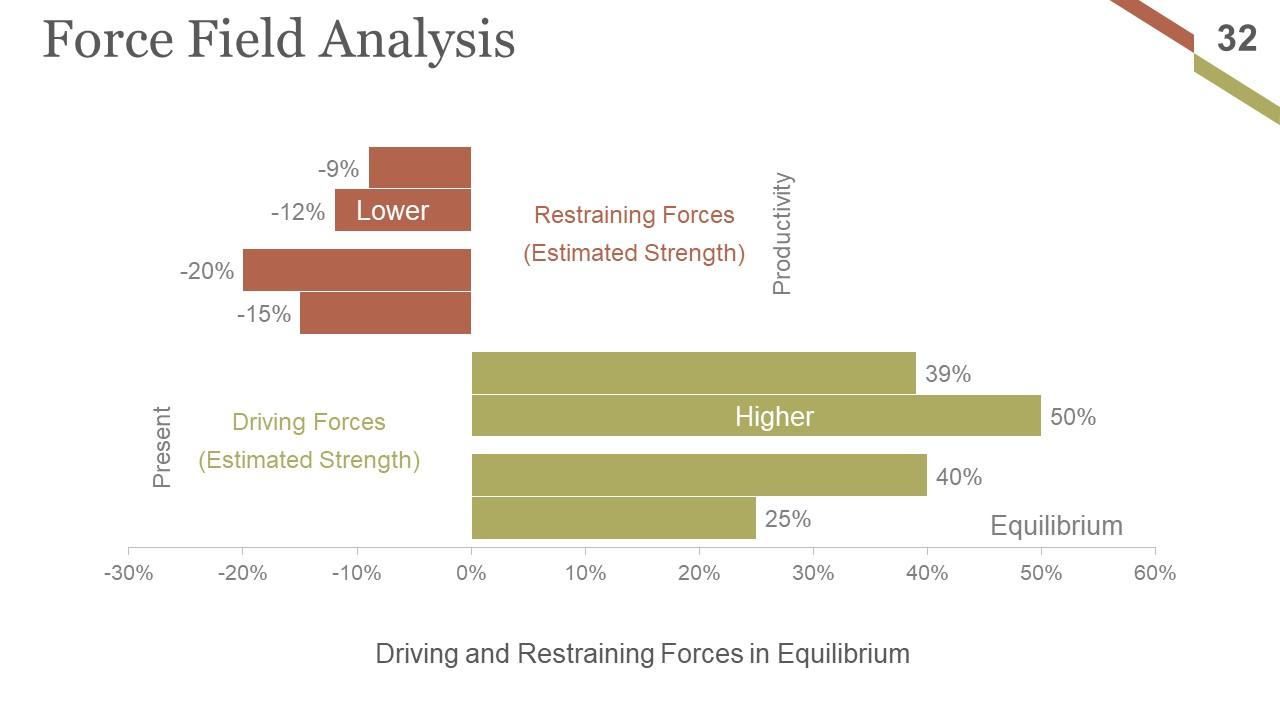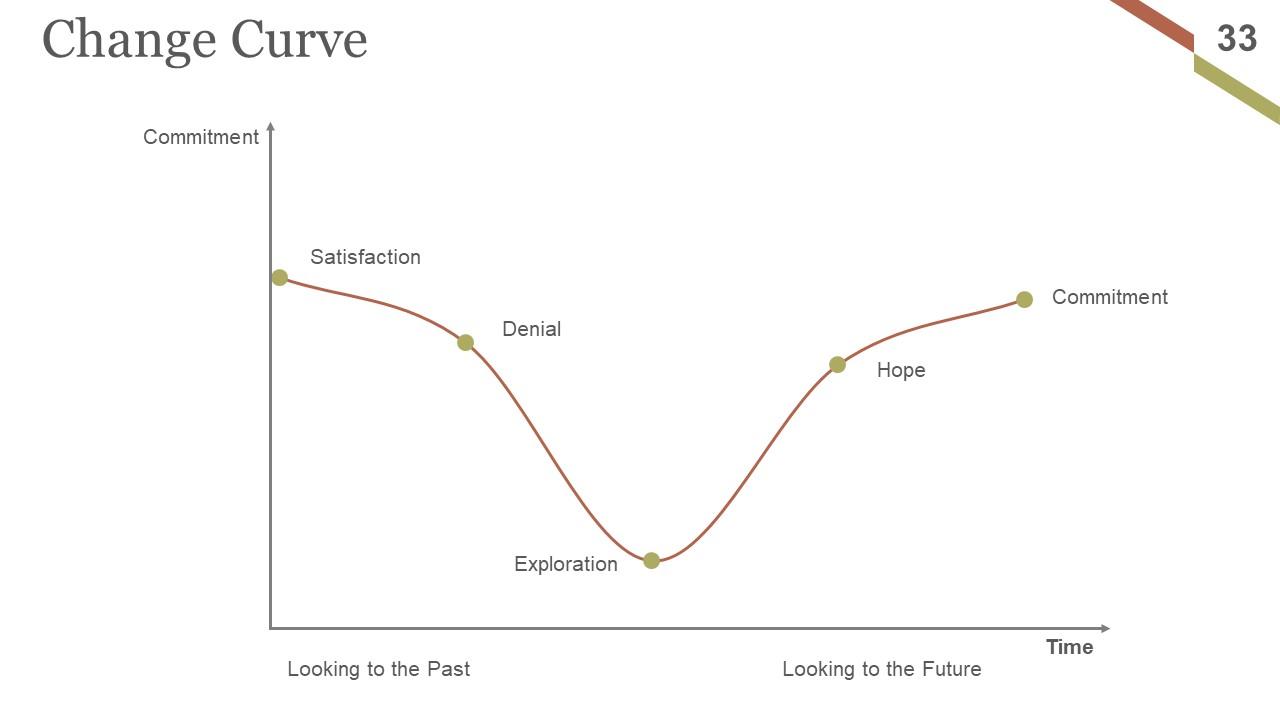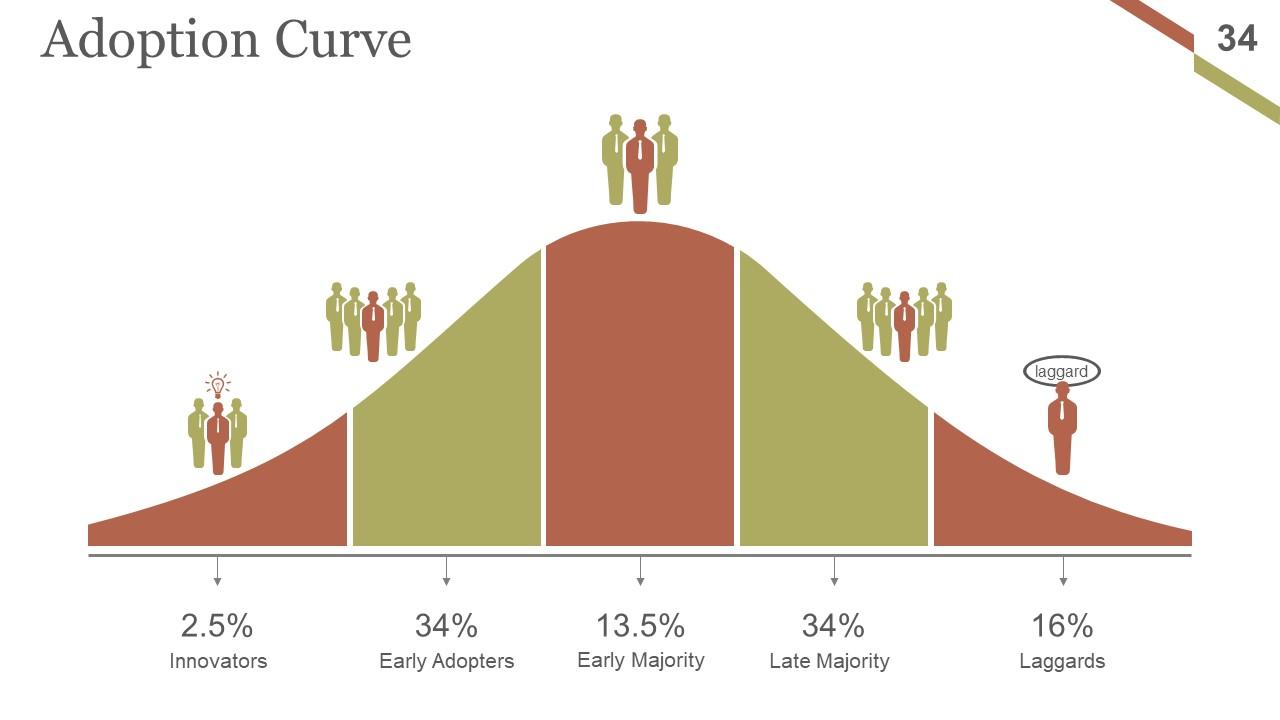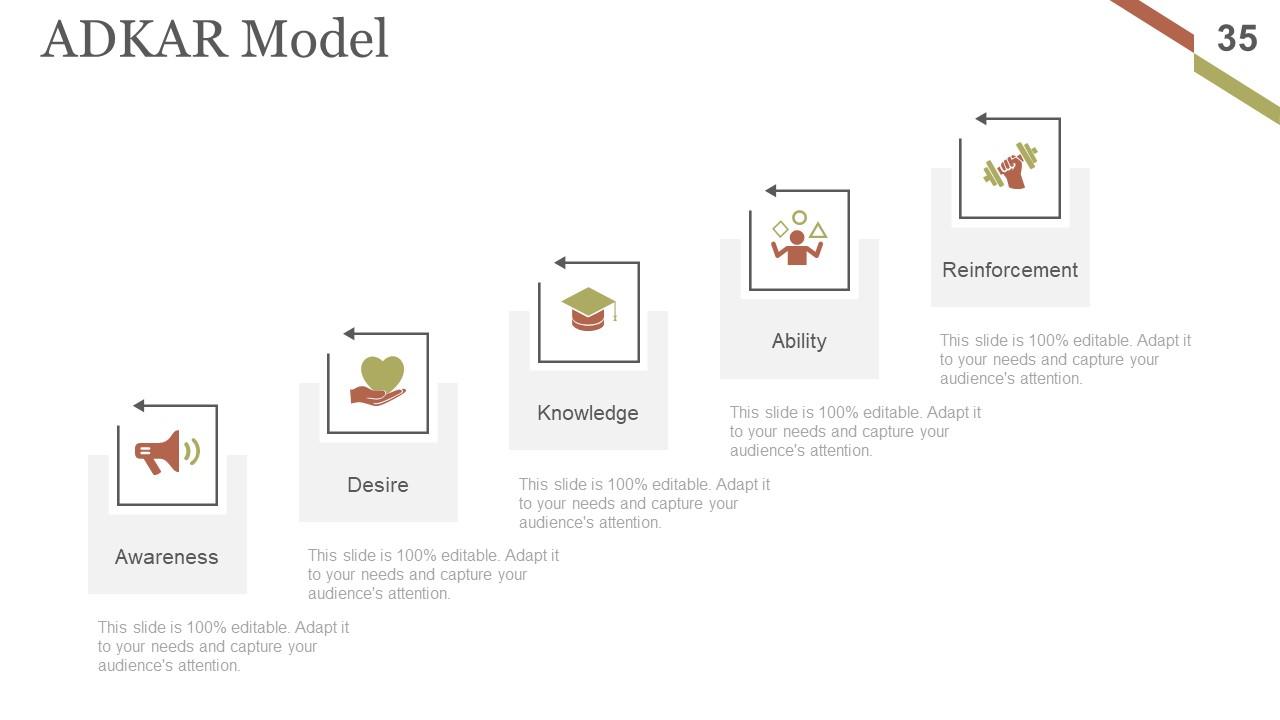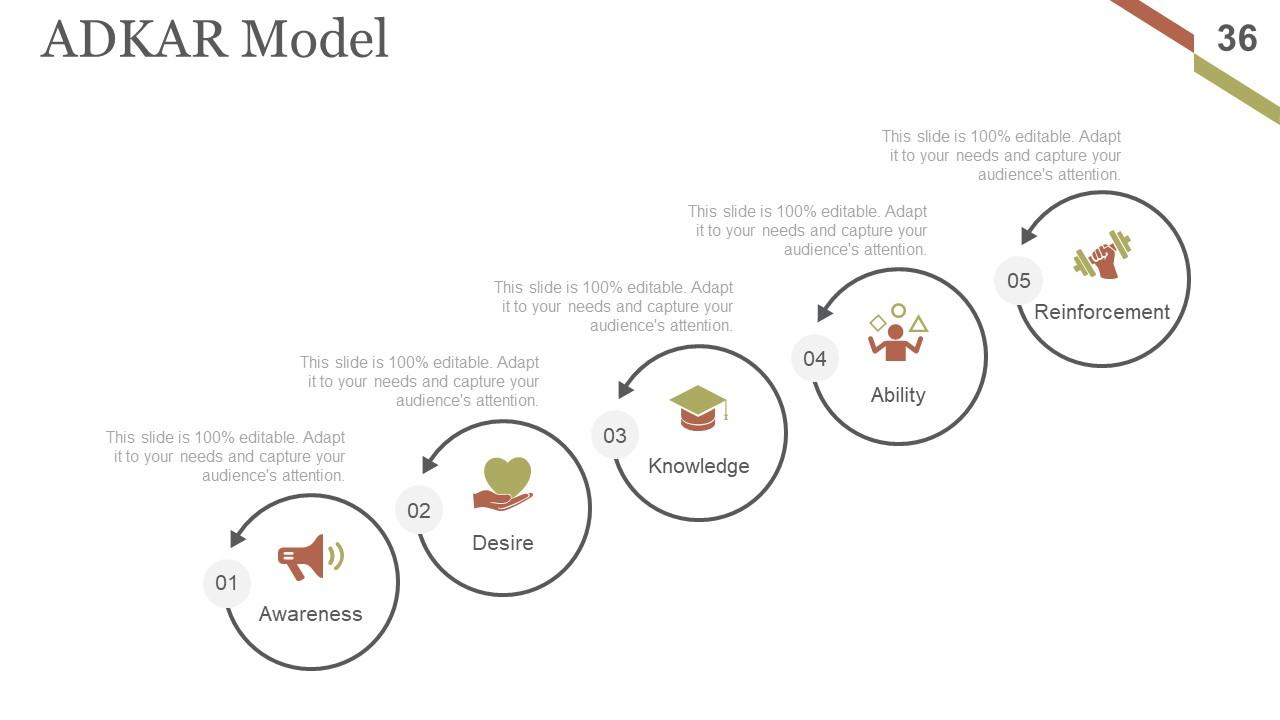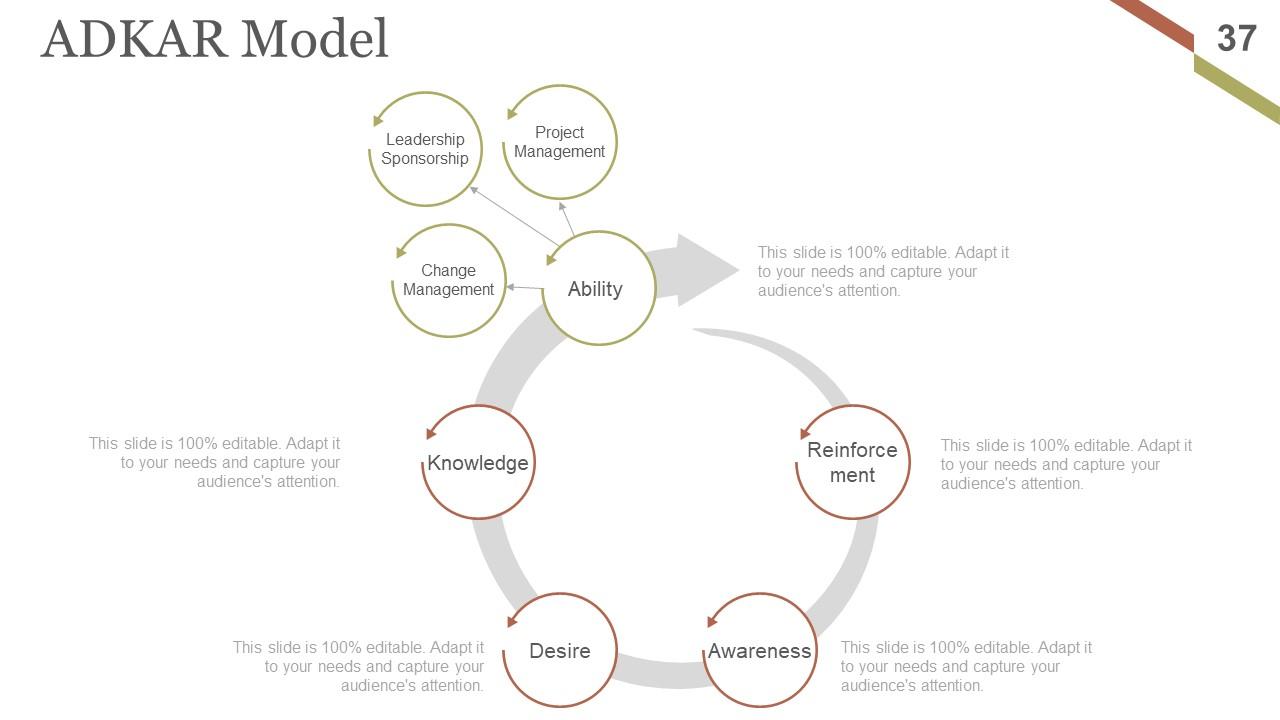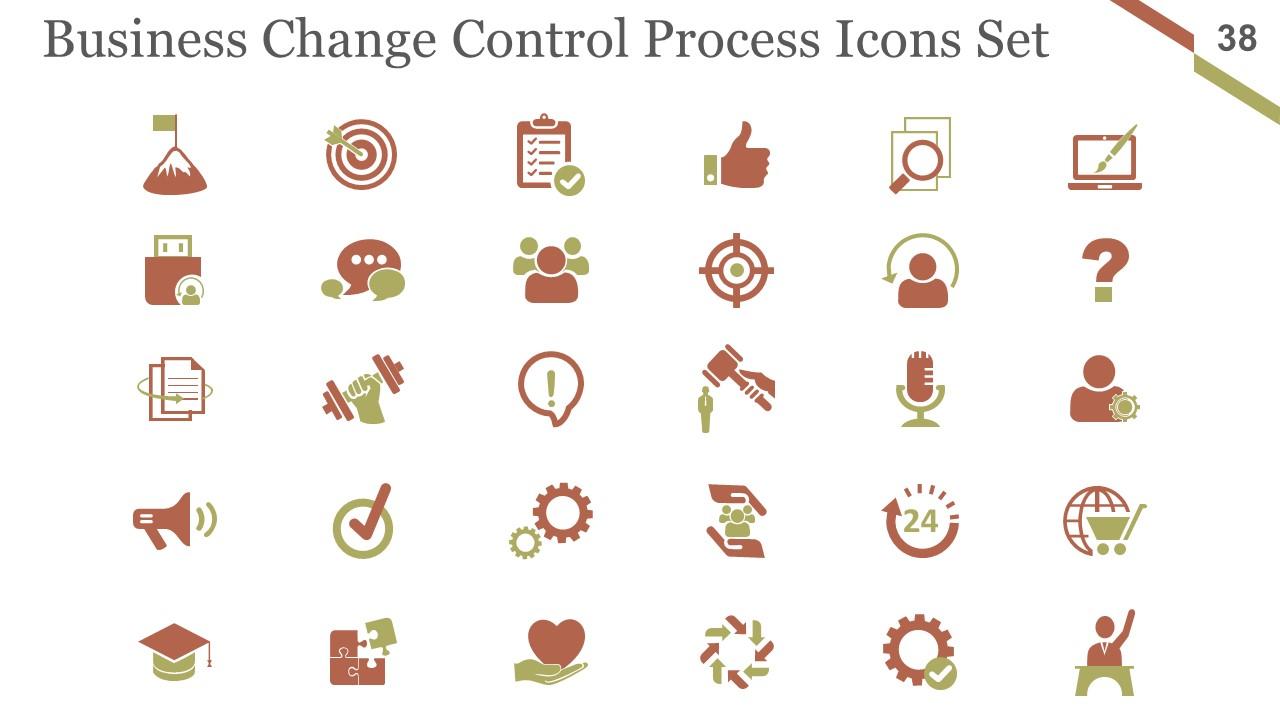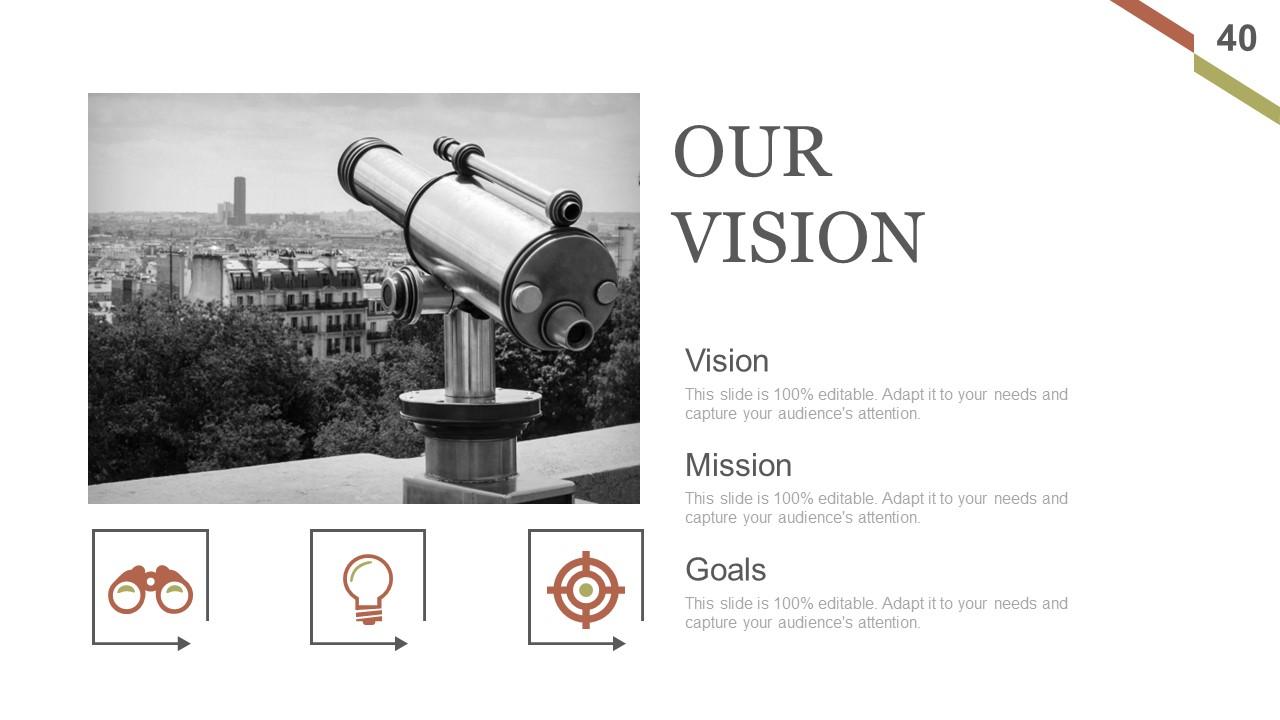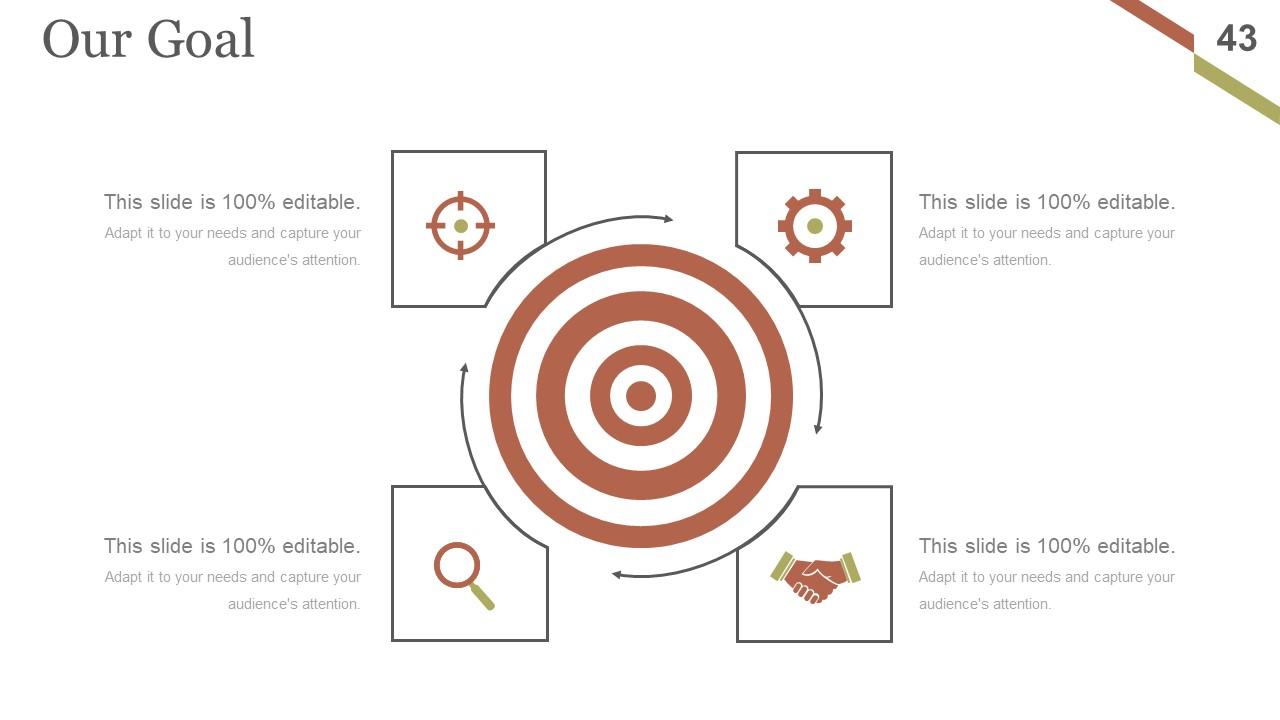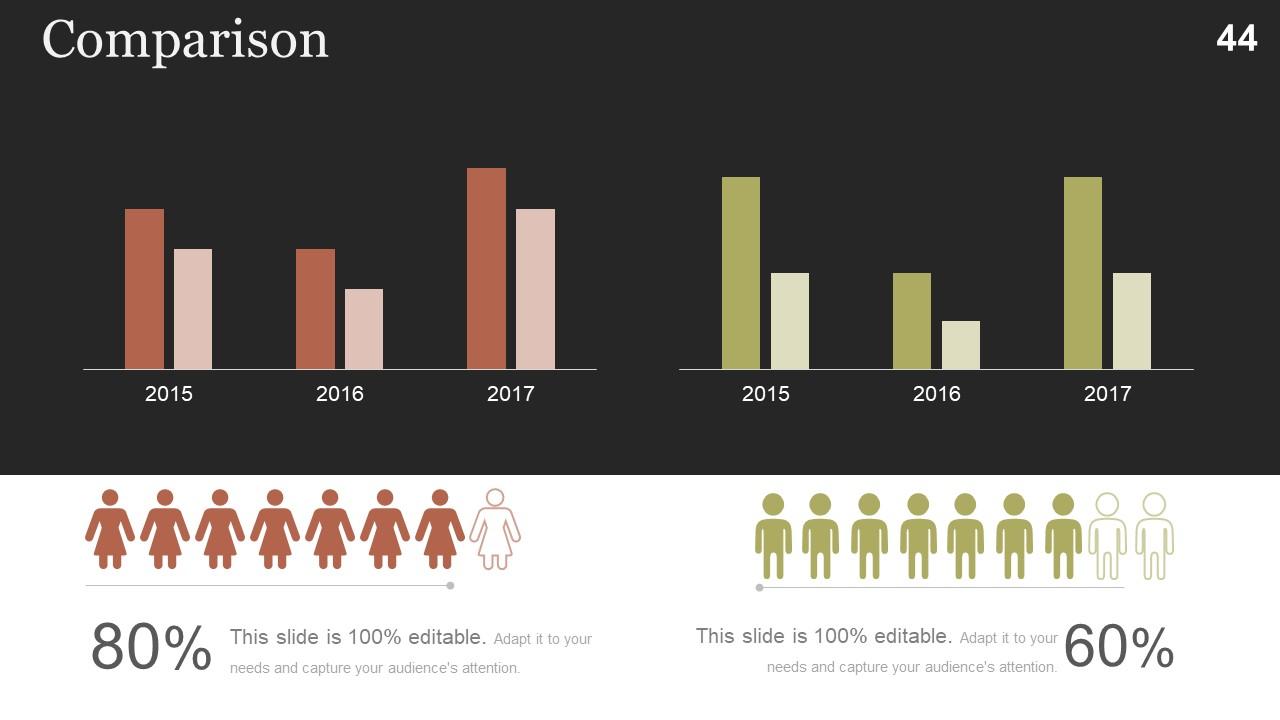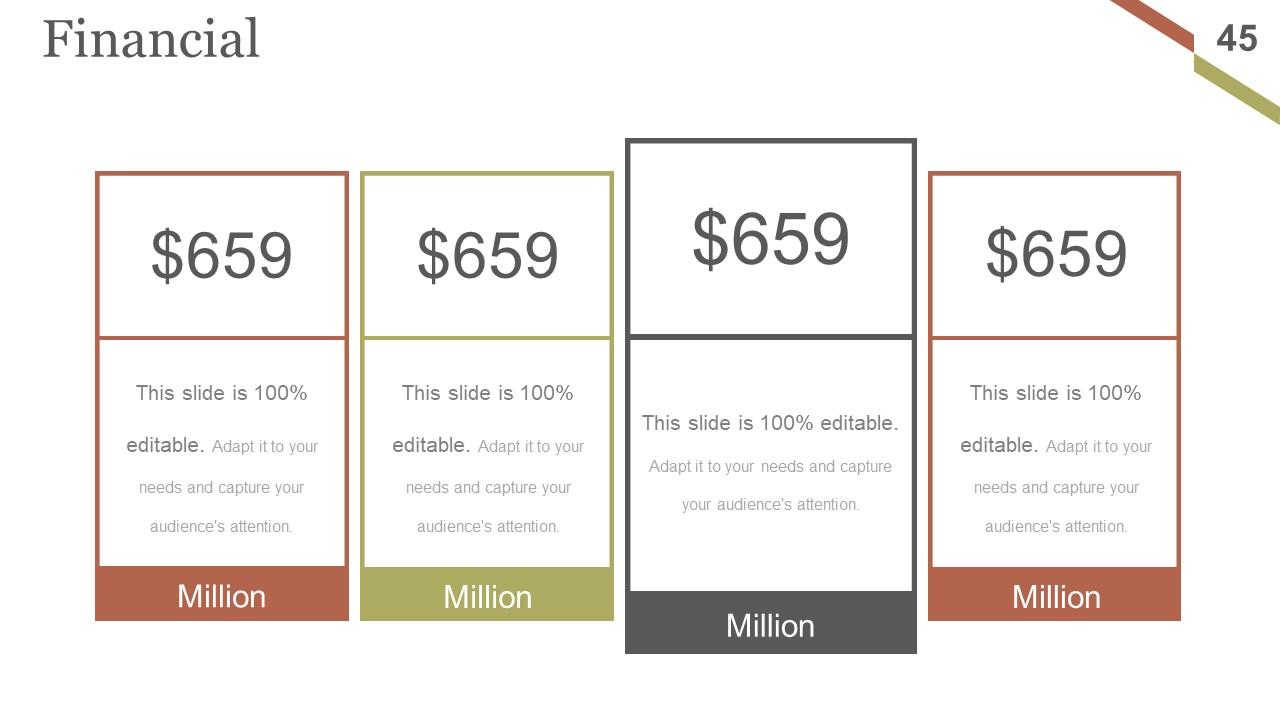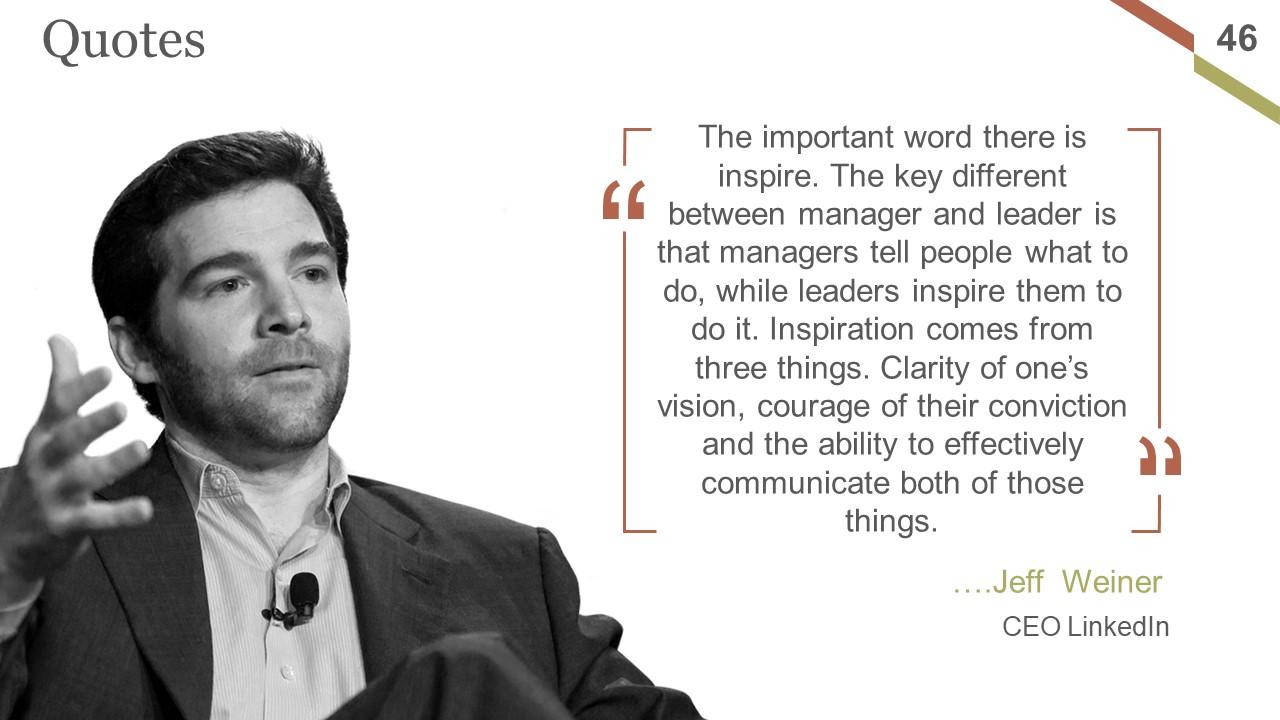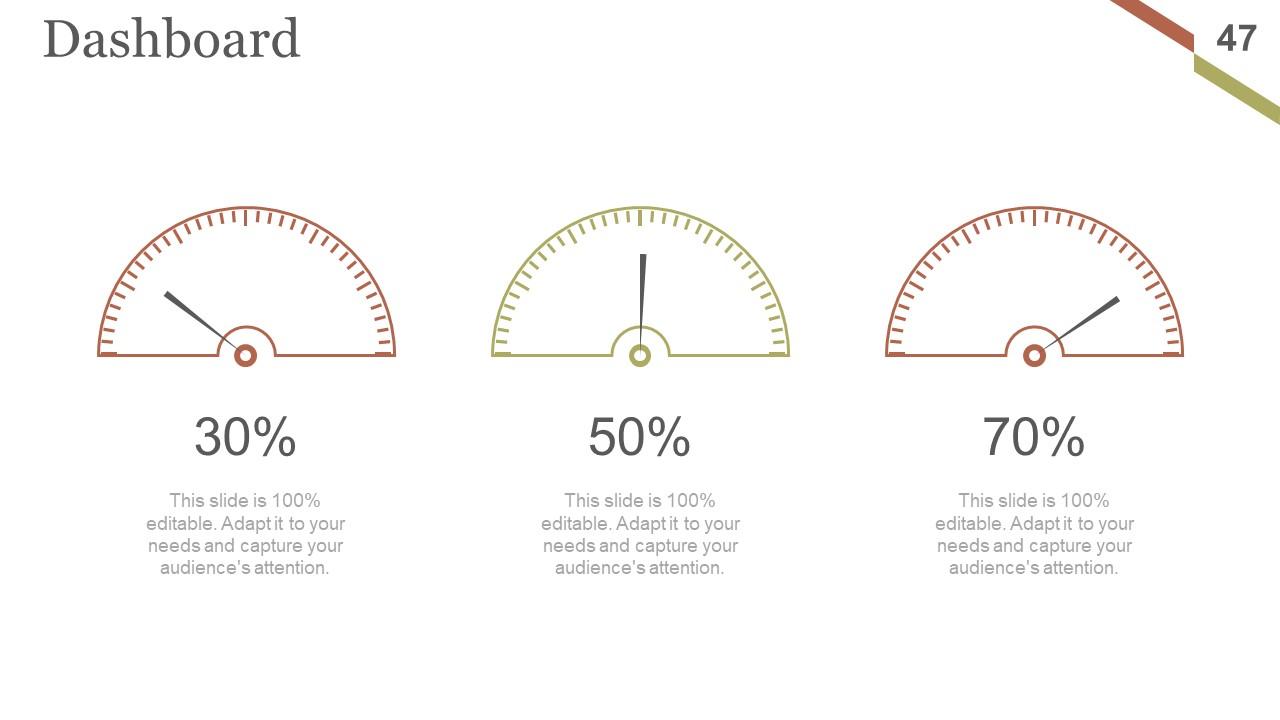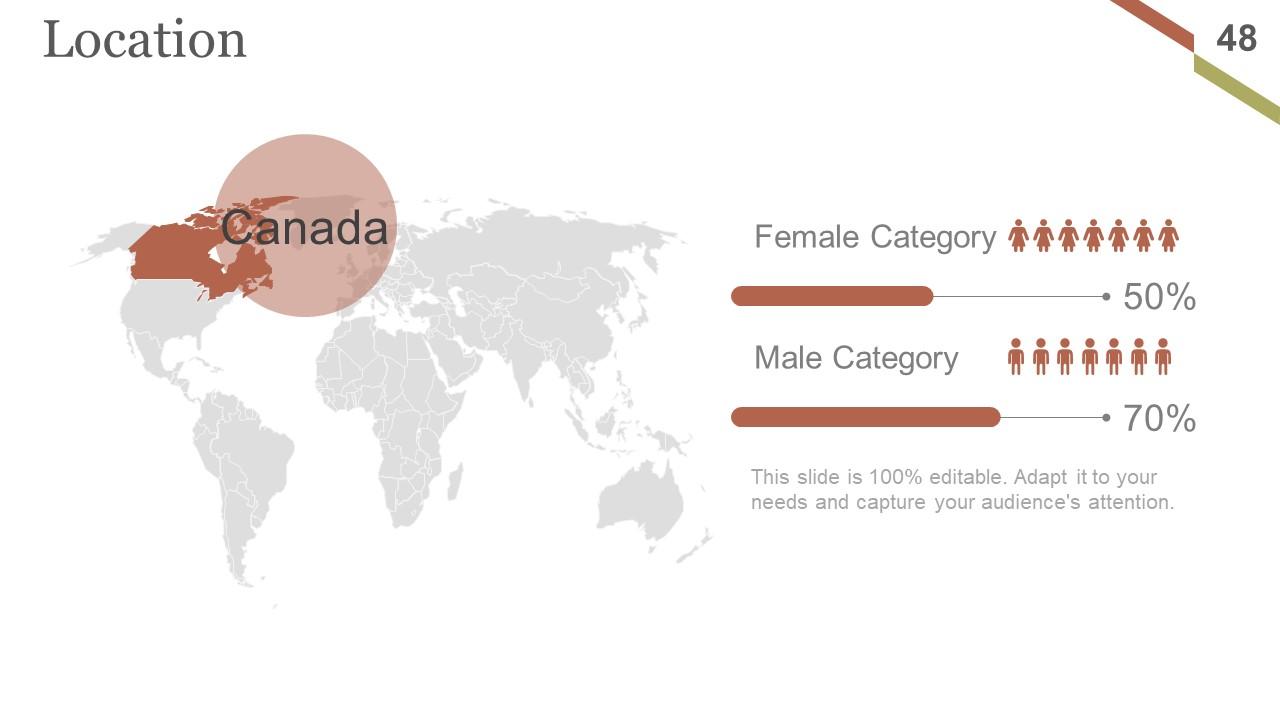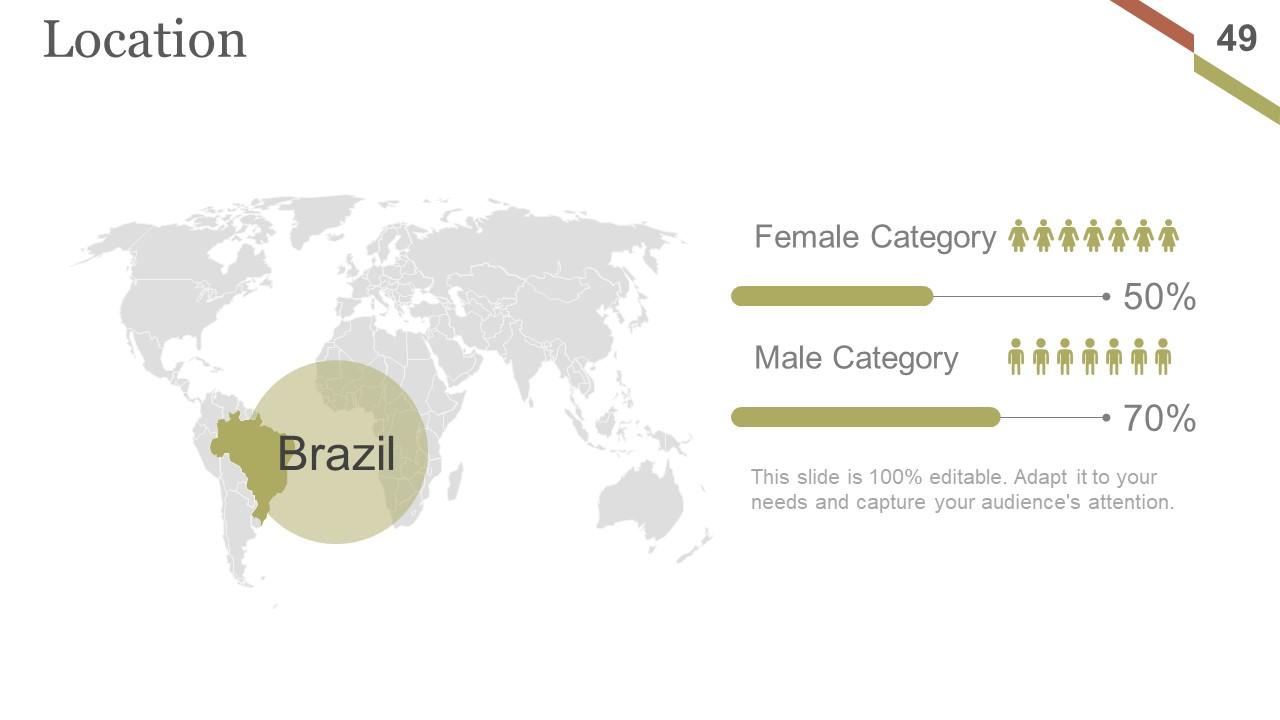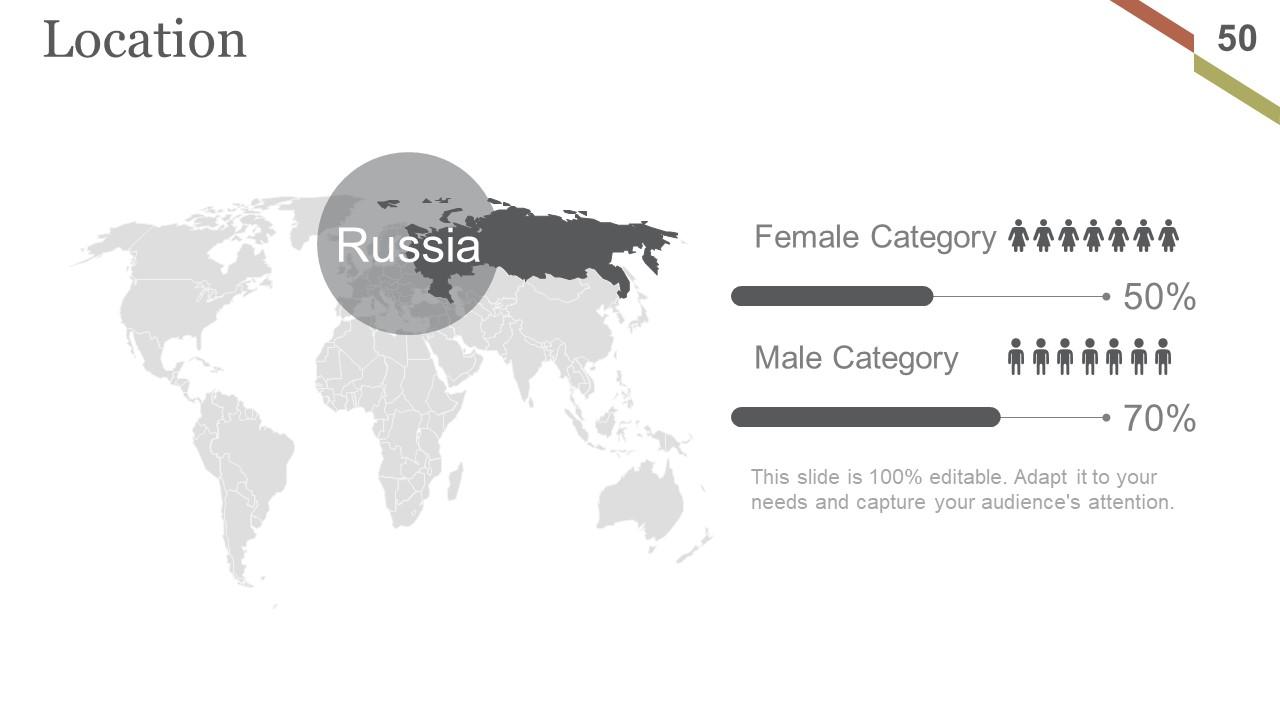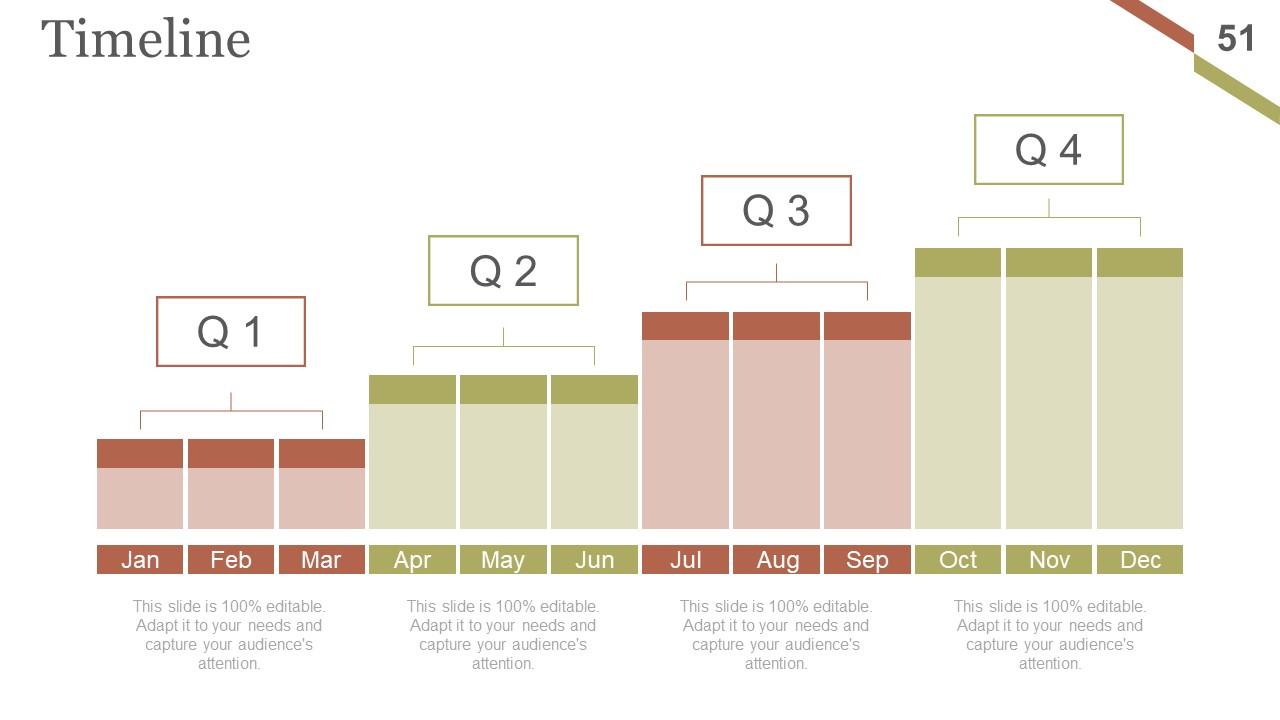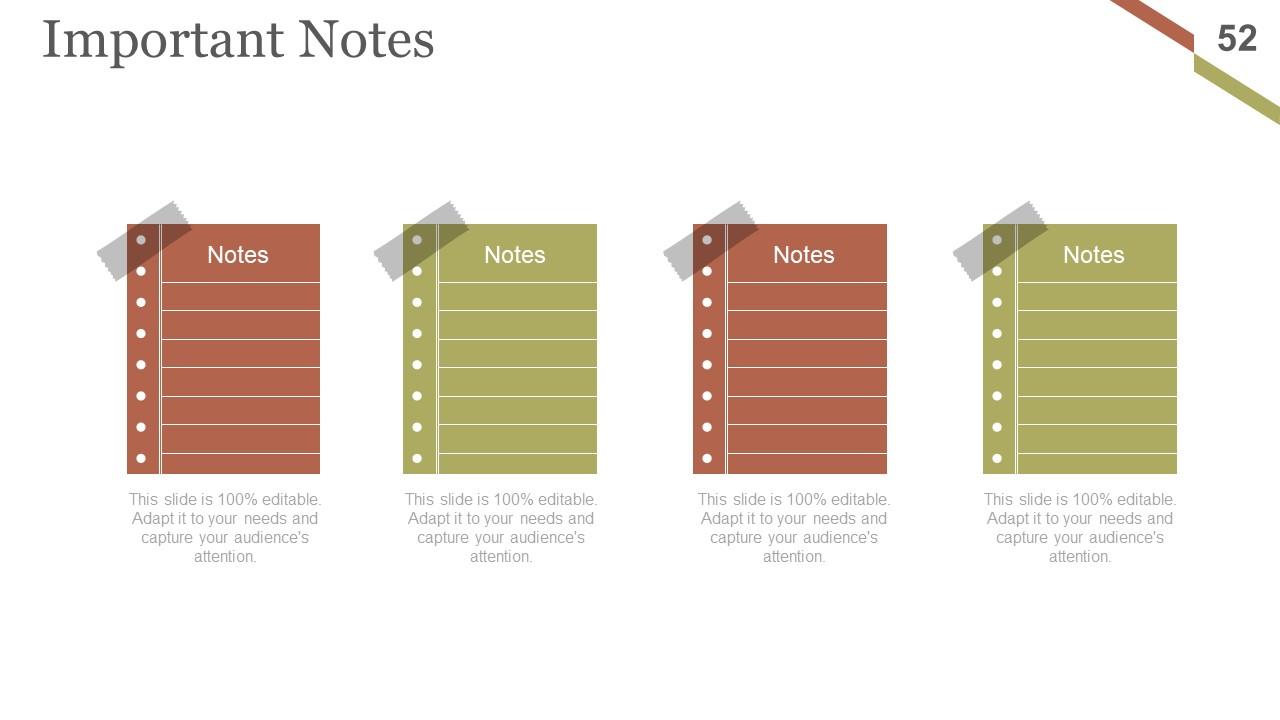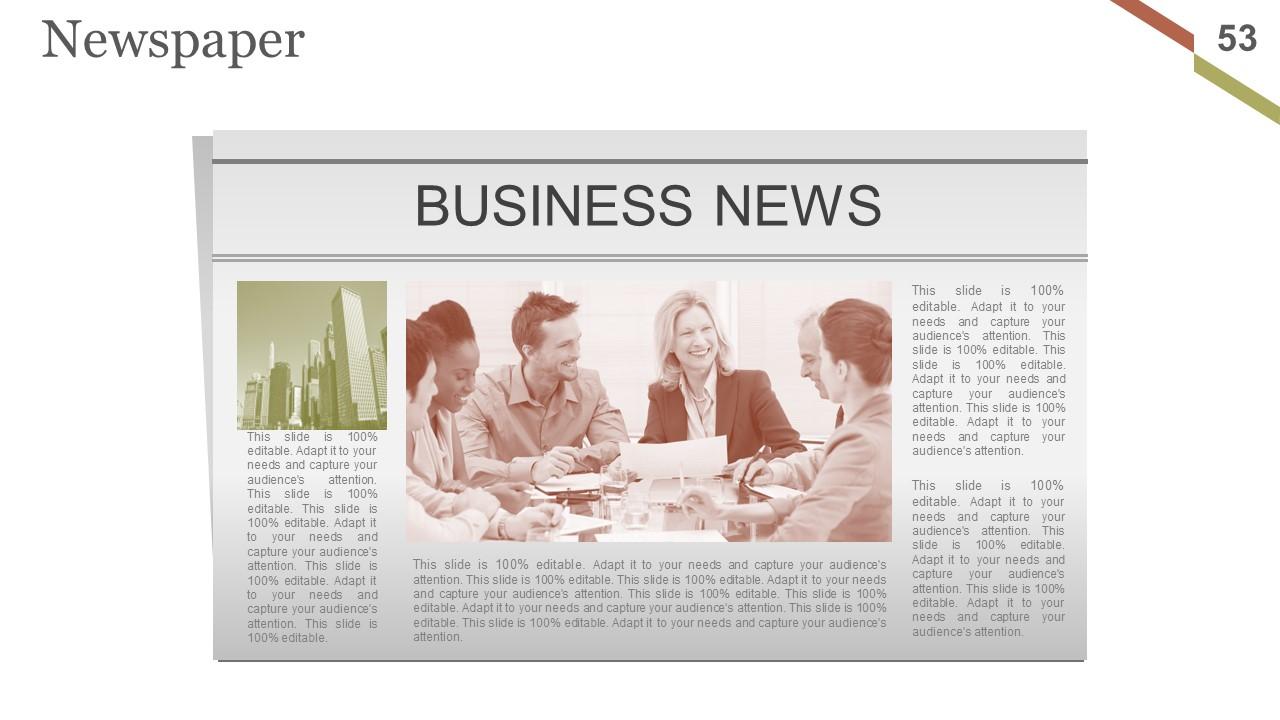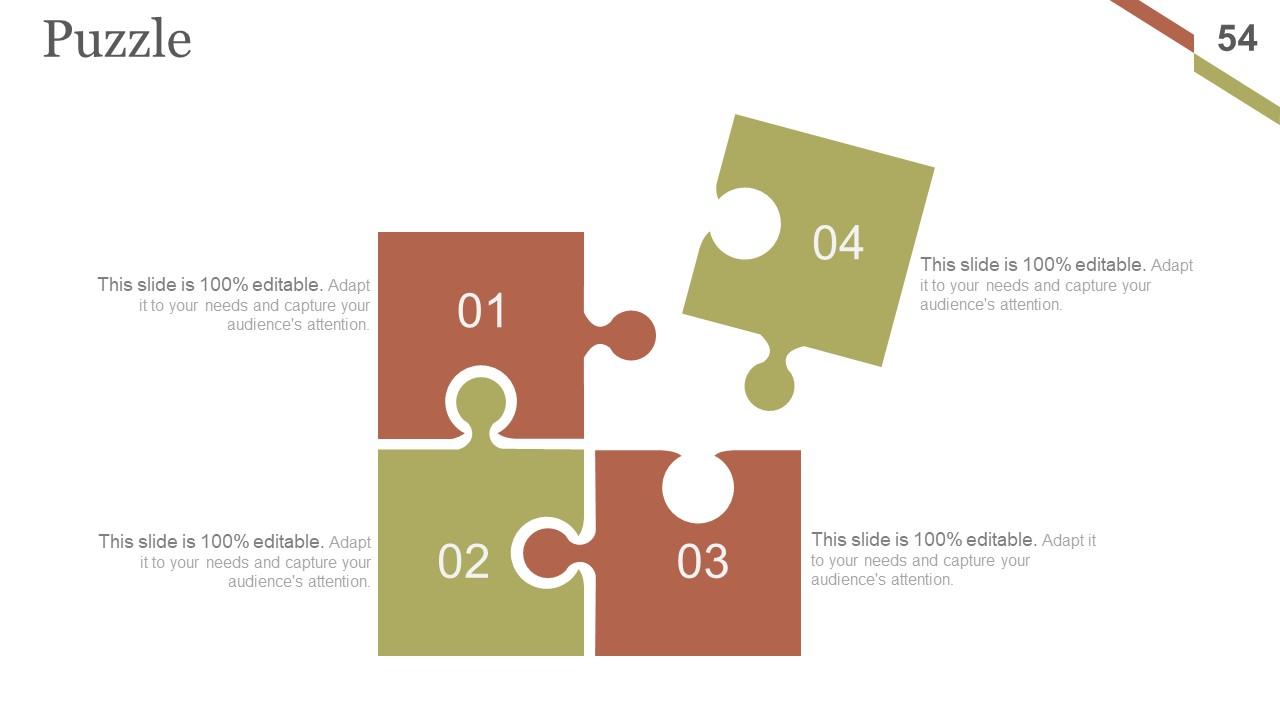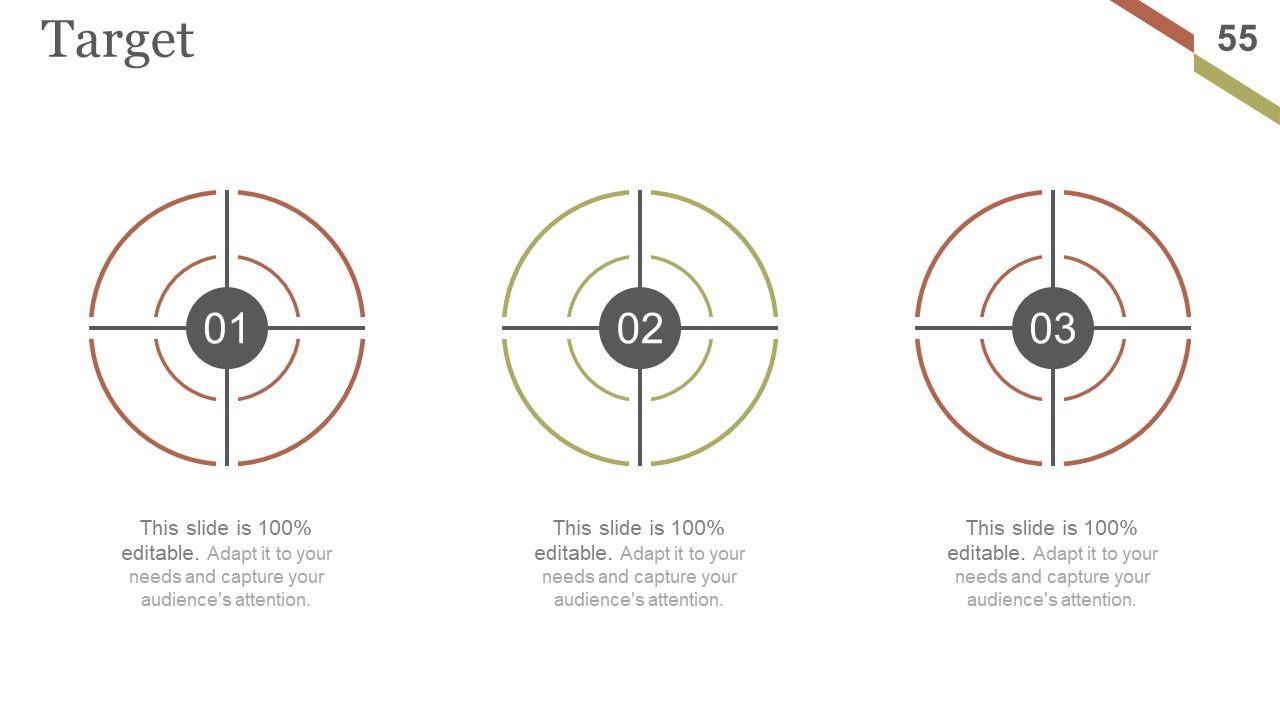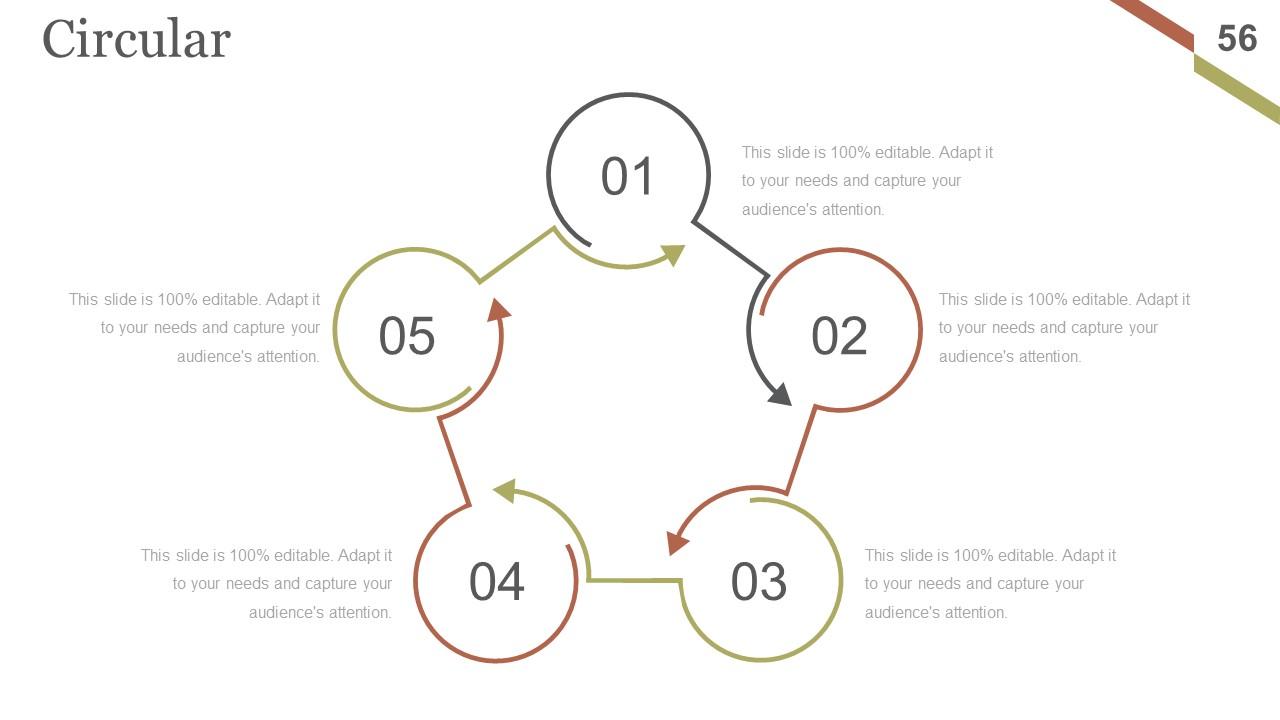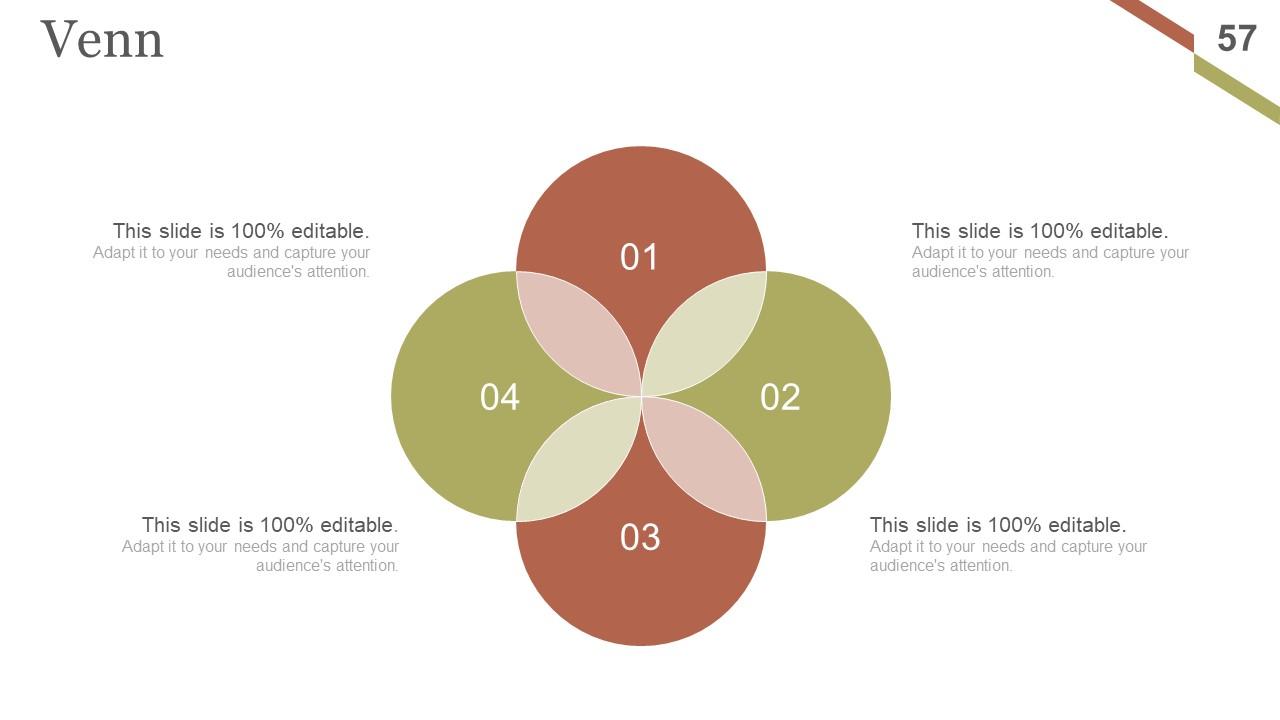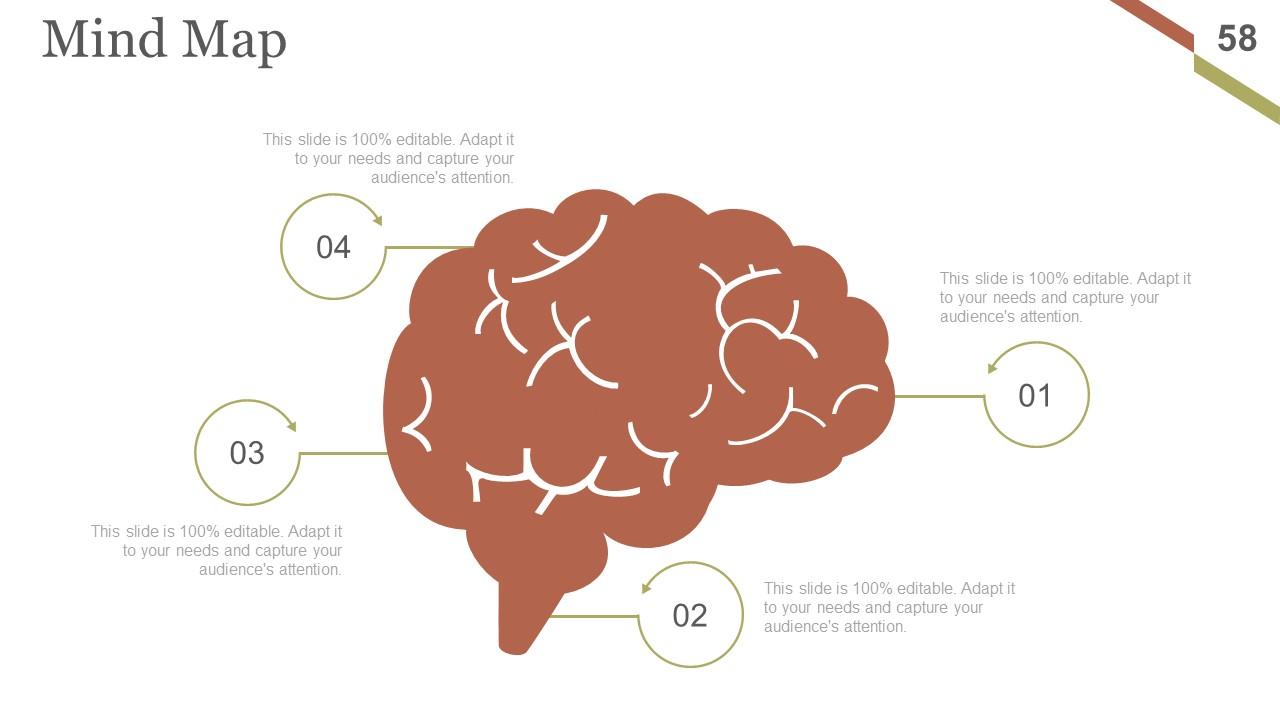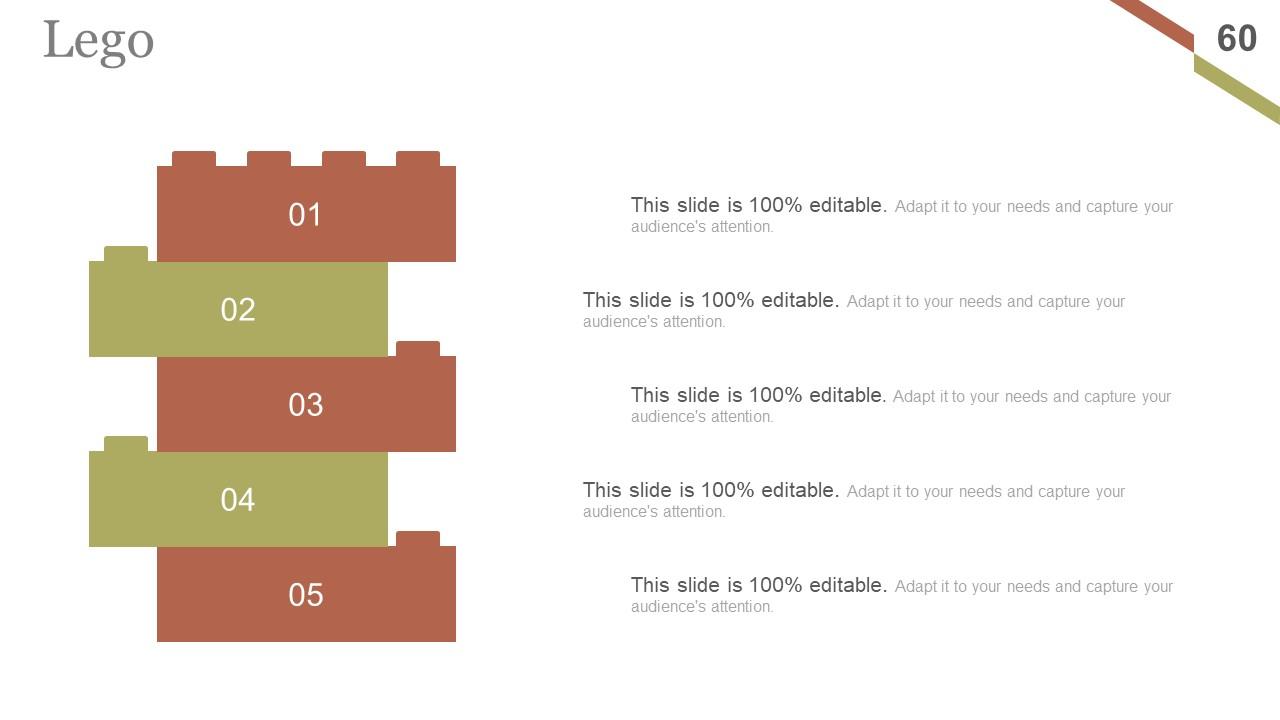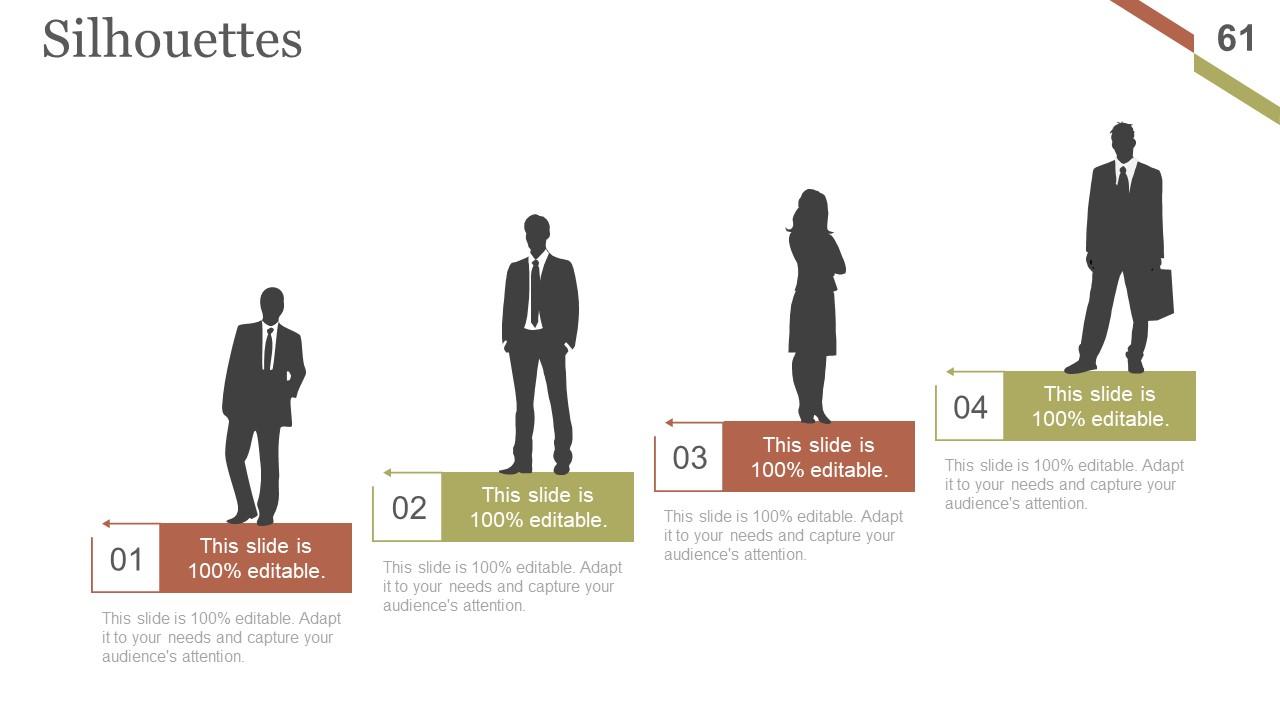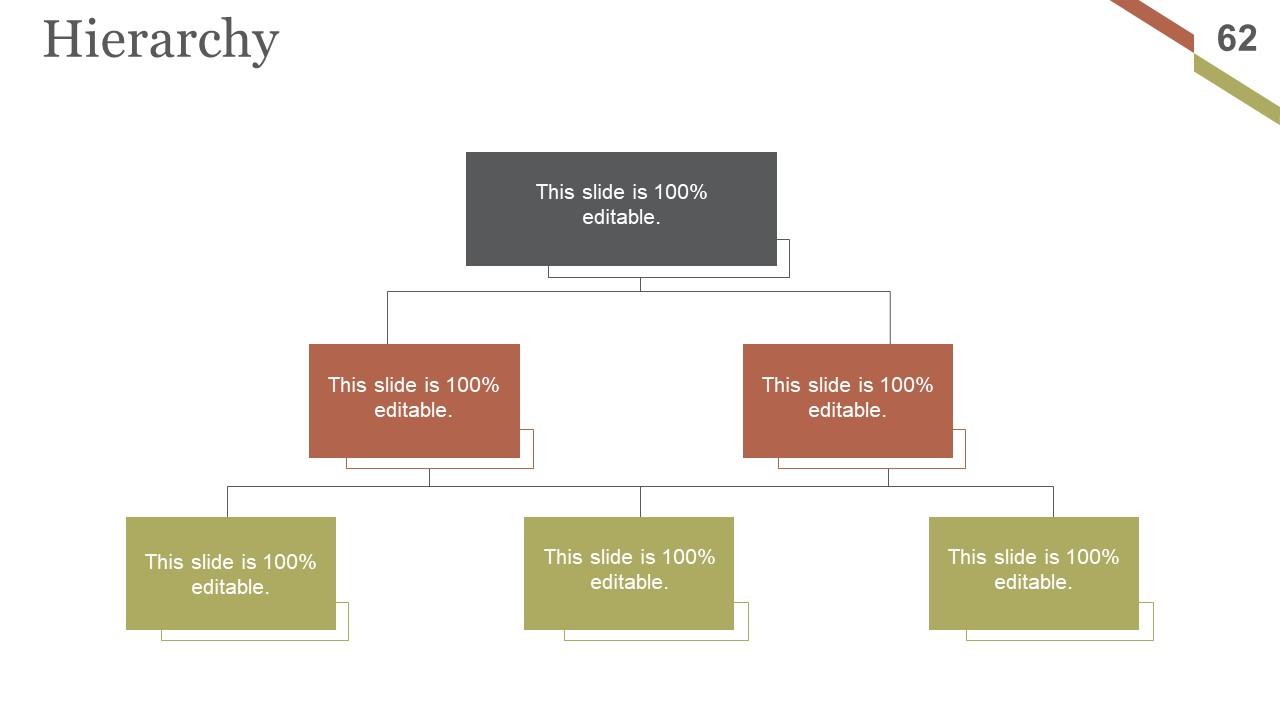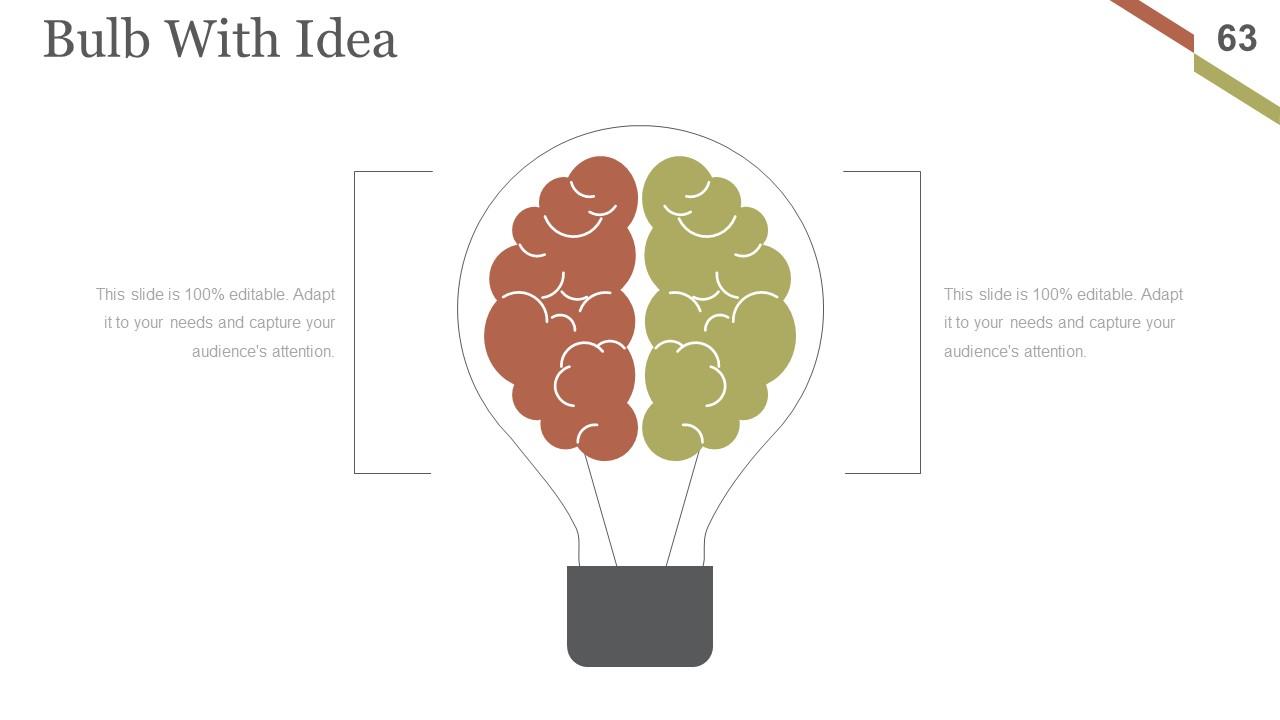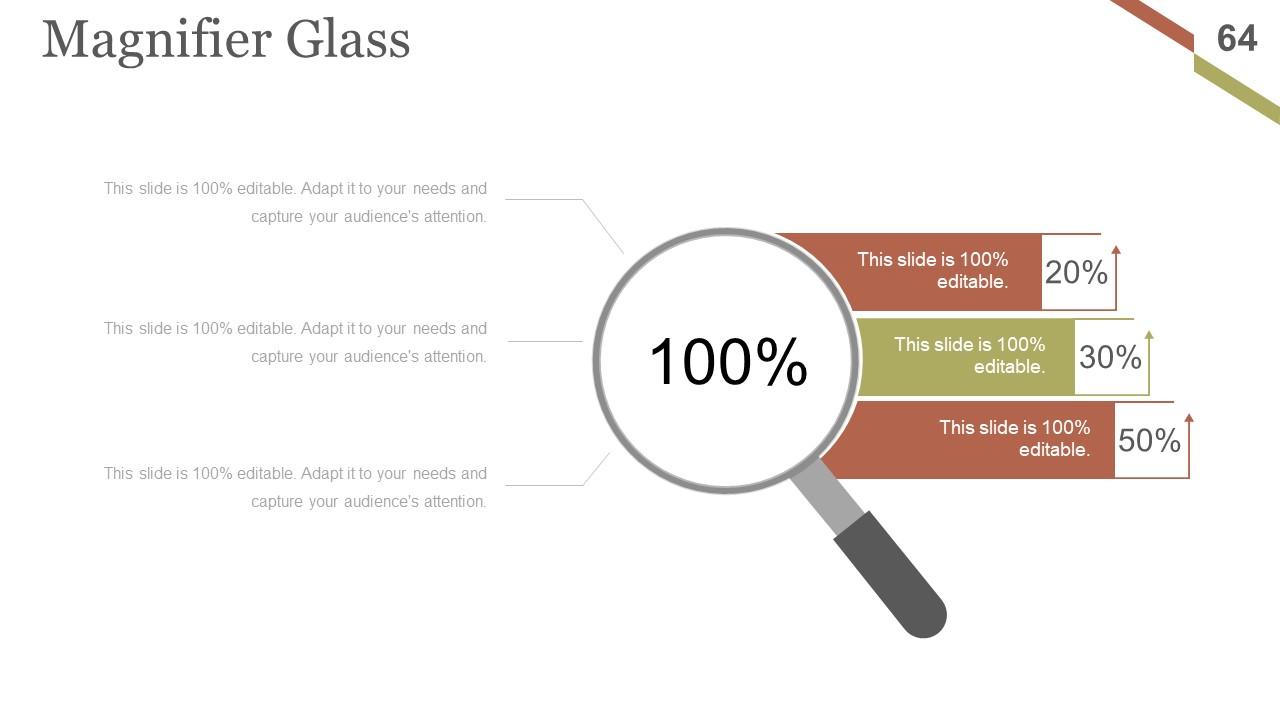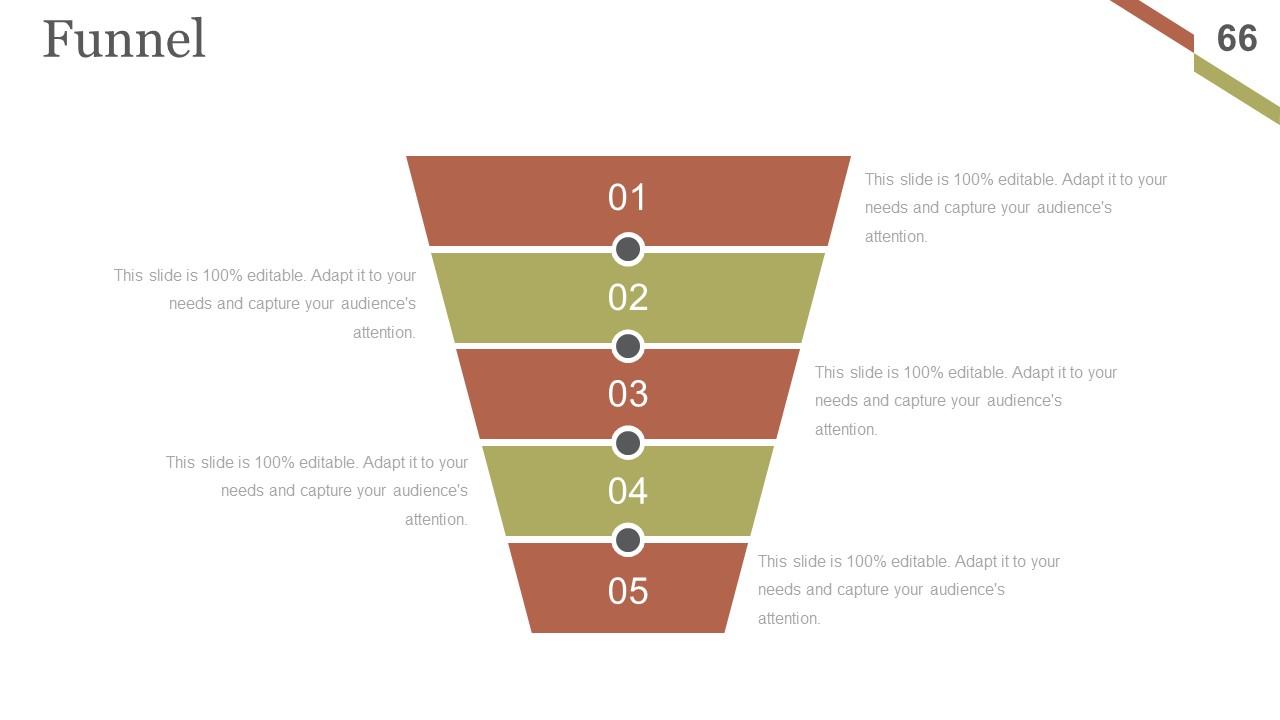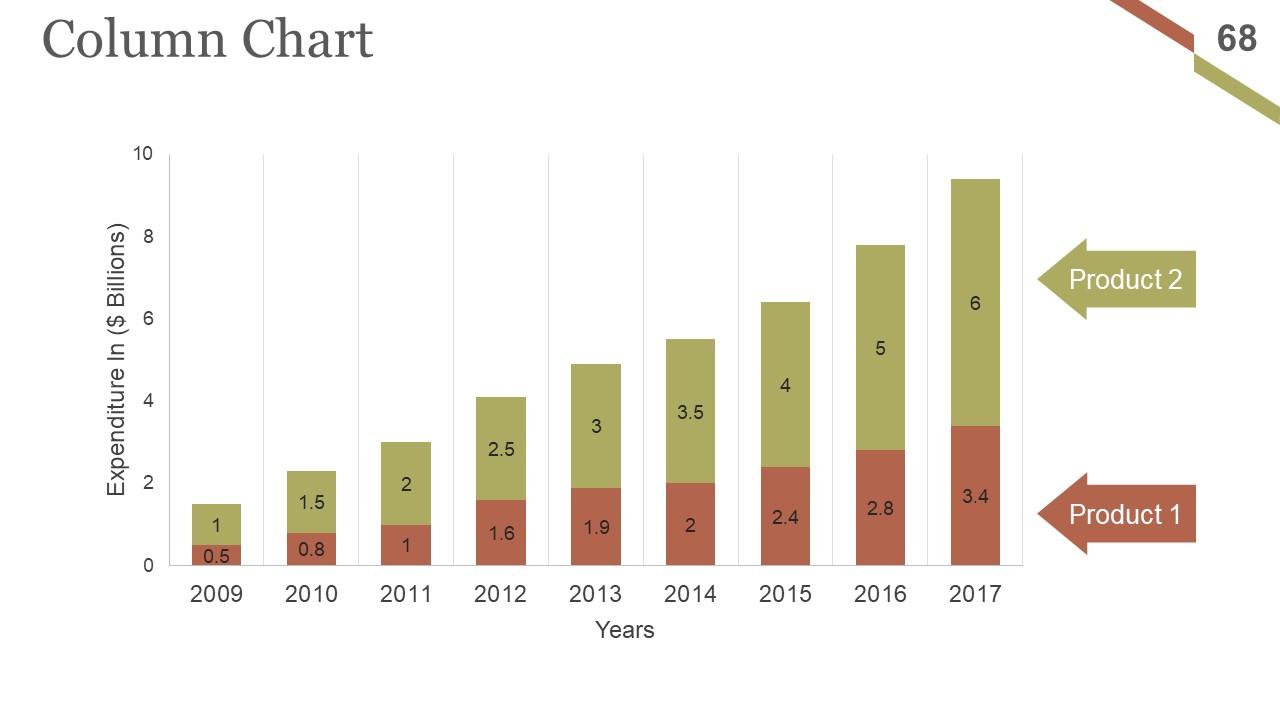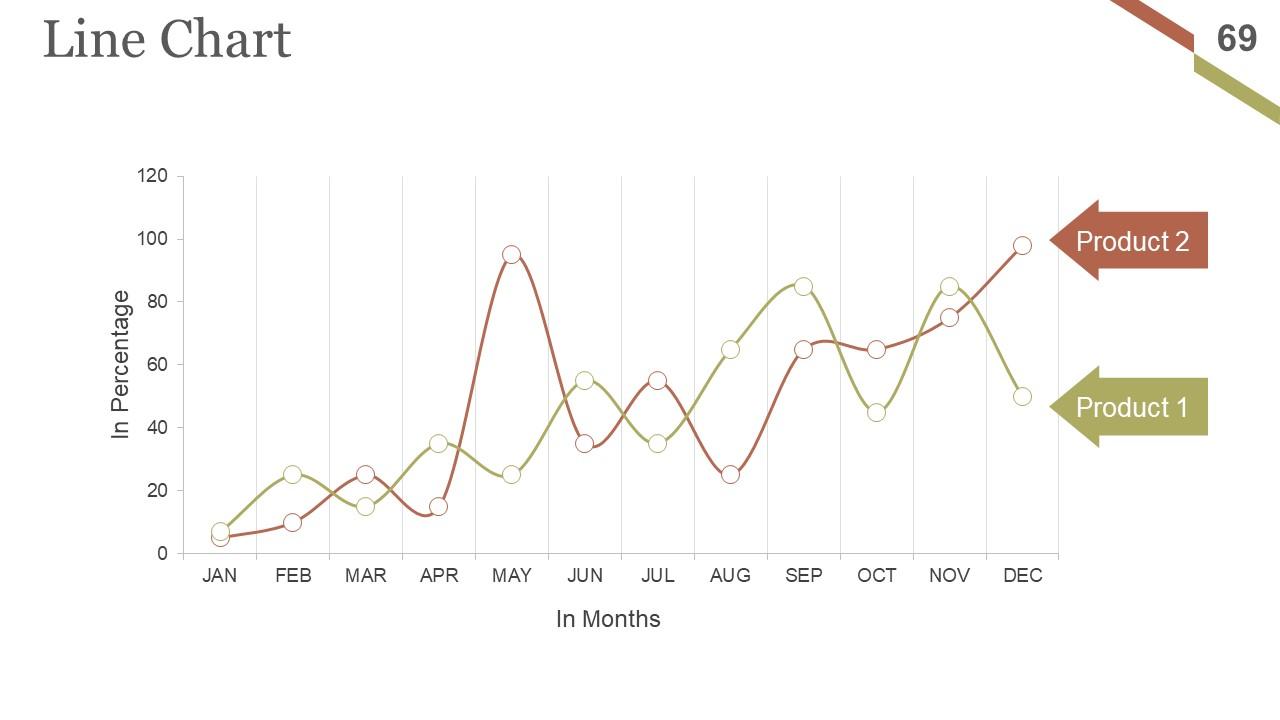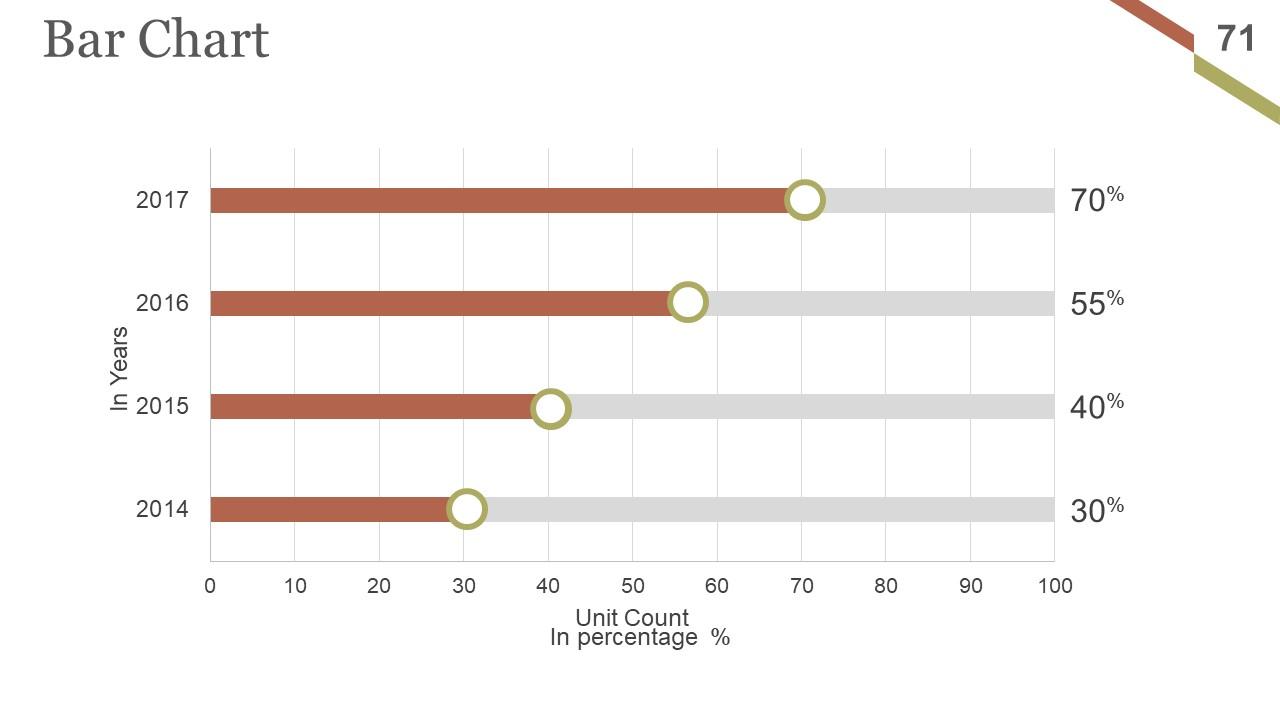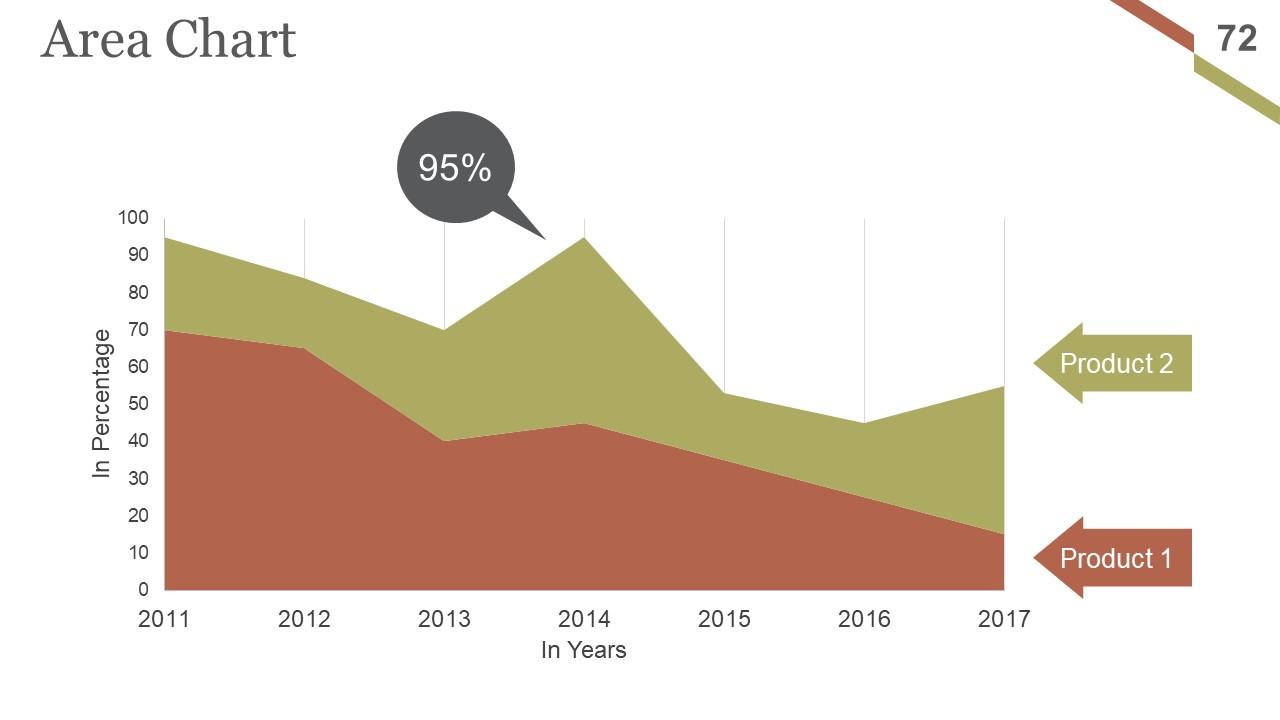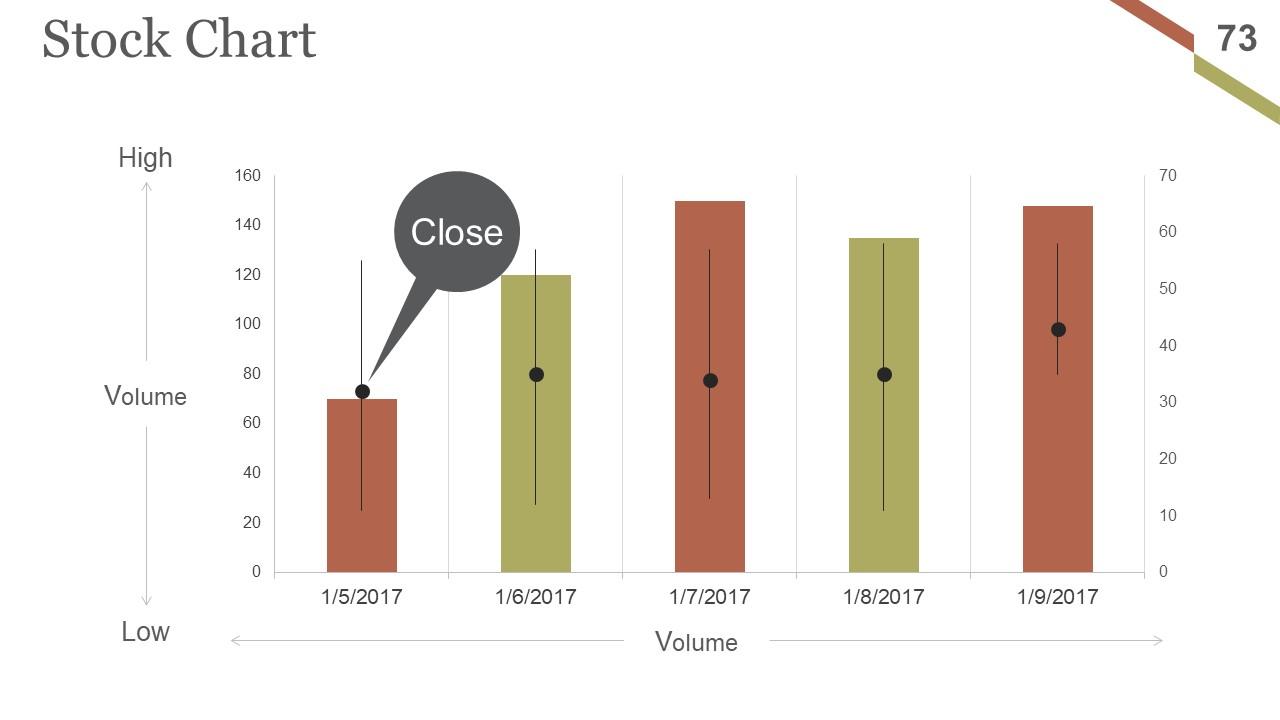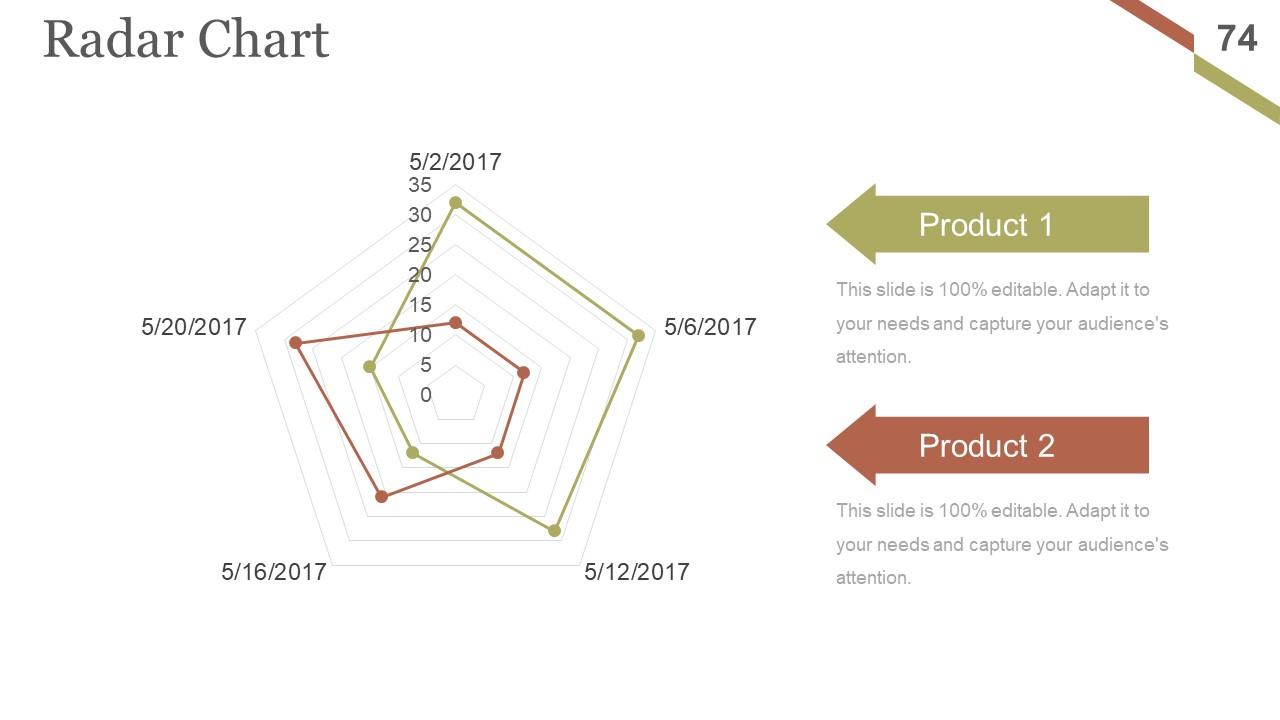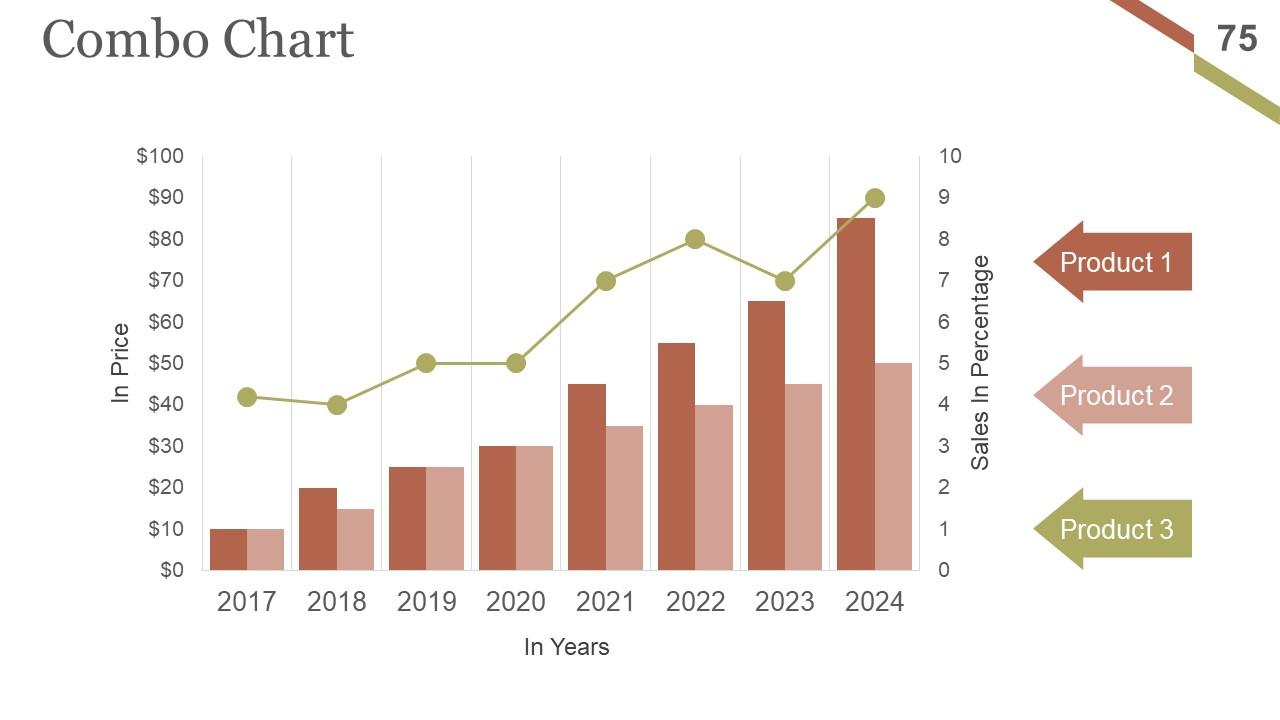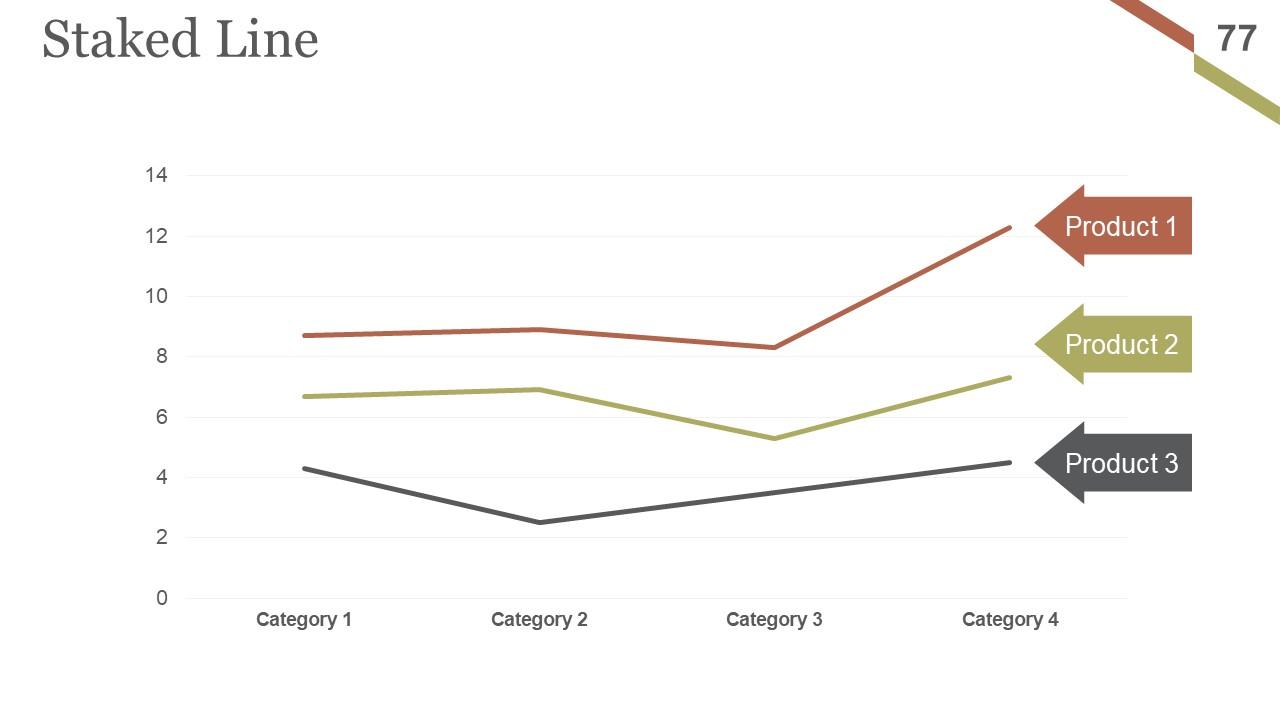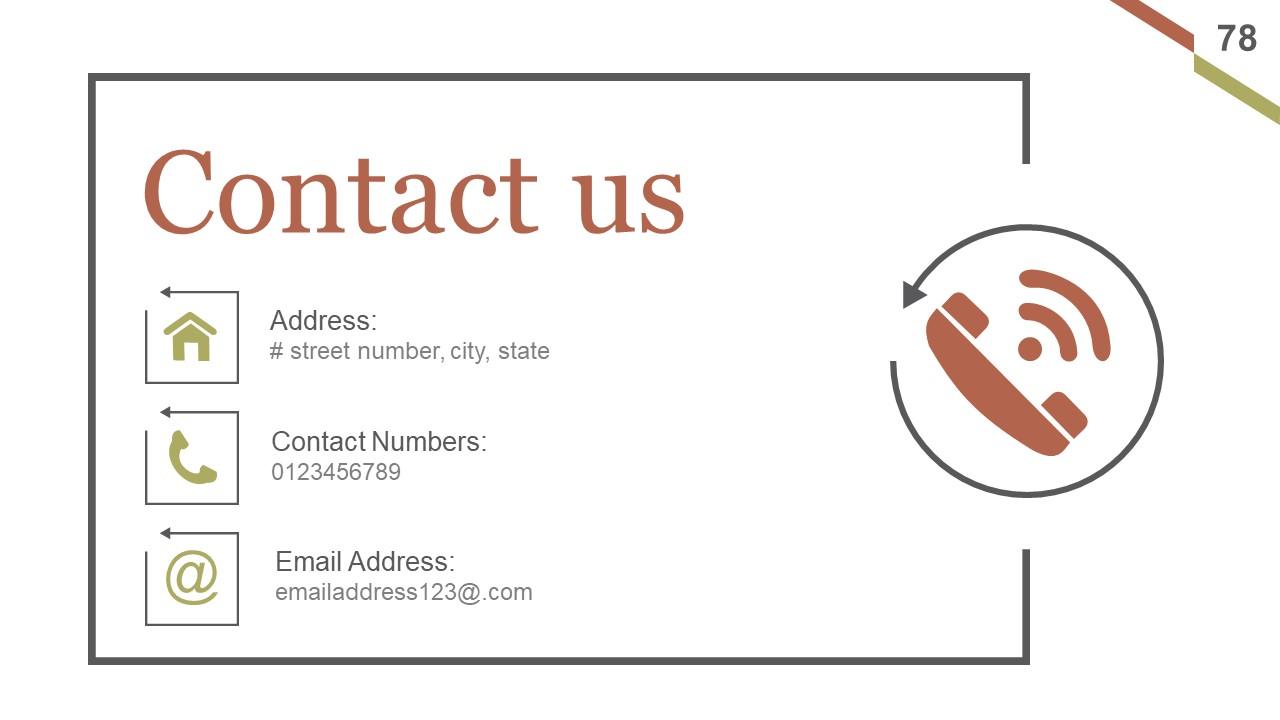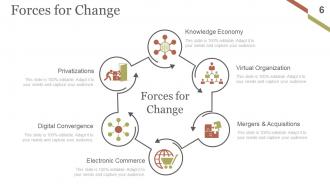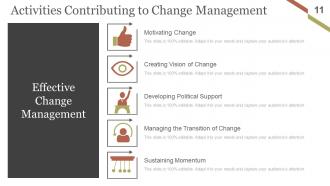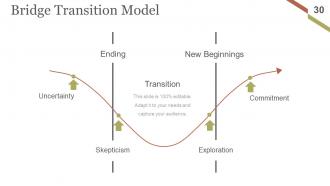Change Management Implementation Checklist Powerpoint Presentation Slides
Organizations are changing quickly. In order to present need for change we have created the content-ready change management implementation checklist PowerPoint presentation. This change control process PPT template comprises of transformation model, forces and barriers to change, rate of success in efforts, principles, transformation strategy, activities contributing, motivating, vision, developing political support, roles in organizational revolution, influence key stakeholders, team and roles, critical skills of change agent, sustaining momentum, bridge transition model, force field analysis, variation curve, adoption curve, ADKAR model. Organizational transformation process should begin with system diagnosis of the current situation in order to determine the need for change. The change control execution plan presentation slides are apt to present subjects such as change control process, managing adjustments, CM process, lean change management, continuous improvement, business control and transformation projects. Download our change management ppt for managing the change. Create firm friends among your contacts with our Change Management Implementation Checklist Powerpoint Presentation Slides. They help develop closer connections.
You must be logged in to download this presentation.
PowerPoint presentation slides
PowerPoint design contains pre-built 79 slides. PPT slides are useful for higher management. Instant and risk-free downloading process. Customize presentation background to match specific needs. PPT template goes well with Google Slides. PowerPoint slides are accessible in both widescreen and standard formats.This is a one stage process. The stages in this process are business transformation, business process, change control, project management, business approach.
People who downloaded this PowerPoint presentation also viewed the following :
Content of this Powerpoint Presentation
Slide 1: This slide introduces Change Management Implementation Checklist. State Your Company Name and begin.
Slide 2: This slide presents agenda and make the use of it to add the company agenda.
Slide 3: This slide showcases continuation of the agenda.
Slide 4: This slide presents Change Management Model which further shows- Plan for Change, Sustaining the Change, Assess for Change, Implement the Change, Success, Prepare for Change.
Slide 5: This slide showcases Continuous Improvement with these of the five stages- Evaluate, Assess, Design, Implement, Manage Change.
Slide 6: This slide shows Forces for Change with six of the parameters- Knowledge Economy, Mergers & Acquisitions, Virtual Organization, Privatizations, Digital Convergence, Electronic Commerce.
Slide 7: This slide presents Barriers to Change. Add the changes with the percentages.
Slide 8: This slide presents Rate of Success in Change Efforts with the percentage and pie chart- Not Very Successful, Too Soon to Tell, Very Successful, Unsure, Moderately Successful.
Slide 9: This slide presents Principles of Change with these of the main categories- Resistance and Comfort, Authority for Change, Value Systems, Incremental Vs. Radical Change, The Right Answer is Not Enough, Change is a Process, Senders and Receivers, Principles of Change.
Slide 10: This slide presents Change Management Strategy with these of the following factors- Shared Change Purpose, Visible Change Leadership, Smart Engagement & Communication, Strong Individual Performance, Supportive Organization & Culture, Meaningful Change Measuremen.
Slide 11: This slide showcases Activities Contributing to Change Management with these six factors- Effective Change Management, Motivating Change, Creating Vision of Change, Developing Political Support, Managing the Transition of Change, Sustaining Momentum.
Slide 12: This slide presents Activities Contributing to Change Management with these of the five support system we have taken- Motivating Change, Creating Vision of Change, Developing Political Support, Managing the Transition of Change, Sustaining Momentum.
Slide 13: This slide presents Activities Contributing to Change Management with these five of the factors- Motivating Change, Creating Vision of Change, Developing Political Support, Managing the Transition of Change, Sustaining Momentum.
Slide 14: This slide showcases Motivating Change which further presents Motivating Change and Creating Readiness for Change, Sensitize Organization to Pressure for Change Reveal Discrepancies Between Current and Desired States, Convey Credible Positive Expectation for the Change.
Slide 15: This slide shows Vision of Change with five of the parameters- Practice your “vision speech” often, Captures what you “see” as the future of your organization, Create a strategy to execute that vision, Ensure team know the vision, Review the values that are central to the change.
Slide 16: This slide showcases Vision of Change. You can use these we have listed or add your own- Review the Values That are Central to the Change, Captures What you “See” as the Future of your Organization, Create a Strategy to Execute That Vision, Ensure Team Know the Vision, Practice your “Vision Speech” Often.
Slide 17: This slide presents Develop Political Change with these of the three stages- Assessing Change Agent Power Identifying Key Stakeholders Influencing Stakeholders
Slide 18: This slide showcases Develop Political Change with these four of the parameters- Assessing Change Agent Power, Identifying Key Stakeholder, Influencing Stakeholders, Developing Political Support.
Slide 19: This slide presents Develop Political Change with these of the four stages- Developing Political Support, Assessing Change Agent Power, Identifying Key Stakeholders, Influencing Stakeholders.
Slide 20: This slide presents Roles in Organizational Change with these of the certain factors- Change Target, Roles in Organizational Change, Change Agents, Change Sponsor.
Slide 21: This slide presents Influence Key Stakeholders with these of the four main categories- How does the change really them, What is their likely response to the change, What would make them less supportive of the change.
Slide 22: This slide shows Change Management Team and Roles with these kind of roles- Head, Communication Role, Human Resources Role.
Slide 23: This slide presents Change Management Team and Roles with these four factors- Project Leaders, Leadership Advisory Role, Process Co-ordination Role, Performance Management Role.
Slide 24: This slide is a Coffee Break image for a halt.
Slide 25: This slide presents Critical Skills of Change Agent with these important factors- Committed to the Lifelong Learning, Environment, Social and Economic Sustainability, Capable of Engaging in Self Assessment, Effective Networker and Facilitator, Strong Engaging and Dynamic Communicator, Enthusiastic Passionate and Inspiring, Ability to Act as a Responsible Citizen, Critical Thinking of Problem Solving, Works in Cooperation With Others. Proactive Not Reactive
Slide 26: This slide shows Critical Skills of Change Agent with these of the common circular cycle- Understands Change Dynamics, Anticipates and Manages Resistance, Appreciates Diversity, Understands Power and Influence, Manages Multiple Tasks, Has High Credibility.
Slide 27: This slide presents Sustaining Momentum with these five cycle stages diagram- Staying the Course, Reinforcing New Behaviors, Support System for Change Agents, Resources for Change, Developing New Competencies.
Slide 28: Sustaining Momentum Resources for Change Support System for Change Agents Developing New Competencies Reinforcing New Behaviors Staying the Course
Slide 29: This slide shows Bridge Transition Model with these three of the states we have listed- Beginning, Transition, Ending.
Slide 30: This slide presents Bridge Transition Model with these of the processes- Ending, New Beginnings, Transition, Uncertainty, Skepticism, Exploration, Commitment.
Slide 31: This slide showcases Force Field Analysis which further show these factors- Increase Revenue, Increase Market Share, Market Segment by Customers, Generate Economies of Scale, Upset Business Partners, Damage Corporate Image, Cost Risks Driving Sales From Current.
Slide 32: This slide shows Force Field Analysis which further showcases Driving and Restraining Forces in Equilibrium- Higher, Lower, Present, Productivity, Driving Forces, Restraining Forces, Equilibrium.
Slide 33: This slide presents Change Curve with these of the parameters- Commitment, Time, Exploration, Hope, Denial, Satisfaction.
Slide 34: This slide showcases Adoption Curve which further showing five different levels- Early Majority, Early Adopter, Innovators, Laggards, Late Majority, laggard.
Slide 35: This slide presents ADKAR Model with five of the attributes you can use- Desire, Awareness, Knowledge, Ability, Reinforcement.
Slide 36: This slide showcases Adkar Model With stages showing Awareness, Desire, Knowledge, Ability, Reinforcement.
Slide 37: This slide showcases Adkar Model which further shows- Awareness, Desire, Knowledge, Reinforcement, Project Management, Leadership, Sponsorship, Change Management, Ability.
Slide 38: This slide shows Business Change Control Process Icons Set.
Slide 39: This slide is titled Additional Slides to move forward.
Slide 40: This is a Vision, Mission and Goals slide. State them here.
Slide 41: This is an Our Team slide with name, image &text boxes to put the required information.
Slide 42: This is an About Us slide showing Our Company, Value Client, and Premium services as examples
Slide 43: This is an Our Goal slide. State them here
Slide 44: This slide shows Comparison of Positive Factors v/s Negative Factors with thumbsup and thumb down imagery.
Slide 45: This is a Financial Score slide to show financial aspects here.
Slide 46: This is a Quotes slide to convey message, beliefs etc.
Slide 47: This is a Dashboard slide to show- Strategic System, Success, Goal Process, Sales Review, Communication Study.
Slide 48: This is a Location slide to show global growth, presence etc. on world map.
Slide 49: This is a Location slide to show global growth, presence etc. on world map.
Slide 50: This is a Location slide to show global growth, presence etc. on world map.
Slide 51: This is a Timelines slide to show- Plan, Budget, Schedule, Review.
Slide 52: This slide displays important notes on Challenge, Positive Attitude, Balanced Lifestyle.
Slide 53: This is a Newspaper slide to highlight something or add memeorabilia.
Slide 54: This slide presents a PUZZLE slide with the following subheadings- Integrity and Judgment, Critical and Decision Making, Leadership, Agility.
Slide 55: This is a Target slide. State your targets here
Slide 56: This is a Circular slide to show information, specification etc.
Slide 57: This is a Venn diagram image slide to show information, specifications etc.
Slide 58: This slide shows a Mind map for representing entities.
Slide 59: This slide shows a Matrix in terms of High and Low.
Slide 60: This is a LEGO slide with text boxes to show information.
Slide 61: This is a People's silhouettes slide. Use it the way you want to show solutions etc.
Slide 62: This slide showcases Hierarchy.
Slide 63: This is a Bulb or Idea slide to state a new idea or highlight specifications/information etc.
Slide 64: This slide shows a Magnifying glass with text boxes.
Slide 65: This slide presents a Bar graph in arrow form with text boxes.
Slide 66: This is a Funnel slide. Showcase the funnel aspect of your team, company, product etc.
Slide 67: This slide is titled Charts & Graphs to move forward.
Slide 68: This slide showcases Column Chart.
Slide 69: This slide presents Line Chart.
Slide 70: This slide showcases Donut Chart.
Slide 71: This slide shows Bar Chart.
Slide 72: This slide presents Area Chart.
Slide 73: This slide showcases Stock Chart.
Slide 74: This slide presents Radar Chart.
Slide 75: This slide showcases Combo Chart.
Slide 76: This slide presents Scatter Chart1.
Slide 77: This slide presents Staked Line.
Slide 78: This is a Thank You slide with Address# street number, city, state, Contact Numbers, Email Address.
Slide 79: This slide is for Thank You.
Change Management Implementation Checklist Powerpoint Presentation Slides with all 79 slides:
Concepts become feasible with our Change Management Implementation Checklist Powerpoint Presentation Slides. They convert thoughts into deeds.
FAQs
The Change Management Implementation Checklist is a tool that helps organizations manage and implement changes in a structured and efficient manner. It comprises various slides and stages that guide companies through the process of implementing and sustaining change.
The key components of a change management strategy are shared change purpose, visible change leadership, smart engagement and communication, strong individual performance, supportive organization and culture, and meaningful change measurement. These components help organizations effectively manage and implement changes and ensure their success.
Critical skills of a change agent include being committed to lifelong learning, capable of engaging in self-assessment, effective networker and facilitator, strong engaging and dynamic communicator, enthusiastic, passionate, and inspiring, ability to act as a responsible citizen, critical thinking of problem-solving, proactive not reactive, understands change dynamics, anticipates and manages resistance, appreciates diversity, understands power and influence, manages multiple tasks, and has high credibility.
The barriers to change include resistance to change, lack of resources, inadequate communication, lack of leadership and vision, insufficient employee involvement, and lack of training and education. Overcoming these barriers is essential for successful change management.
The Bridge Transition Model has three stages, beginning, transition, and ending. These stages help organizations effectively navigate the process of change and ensure a successful outcome.
-
Content of slide is easy to understand and edit.
-
Awesome use of colors and designs in product templates.


